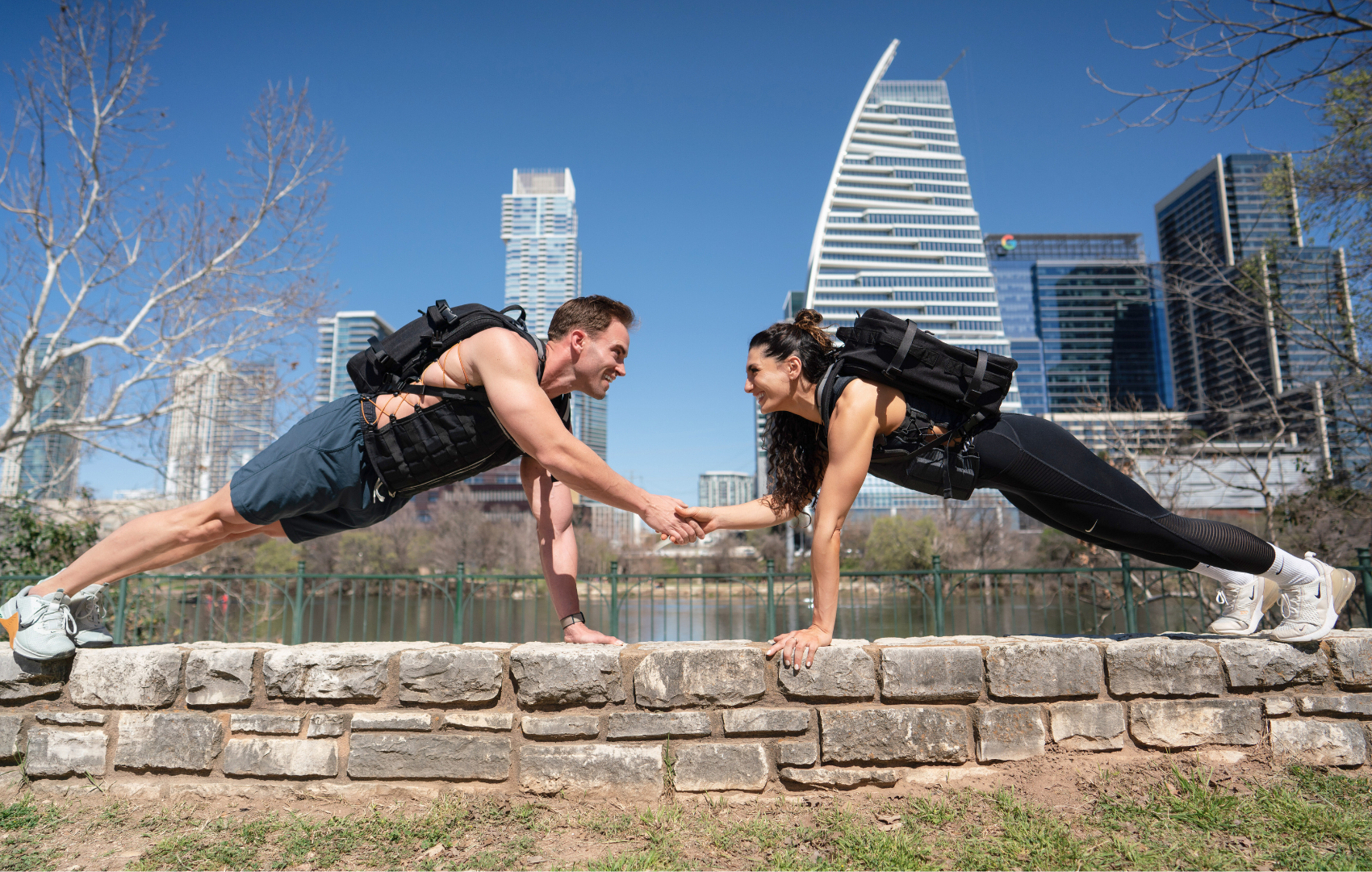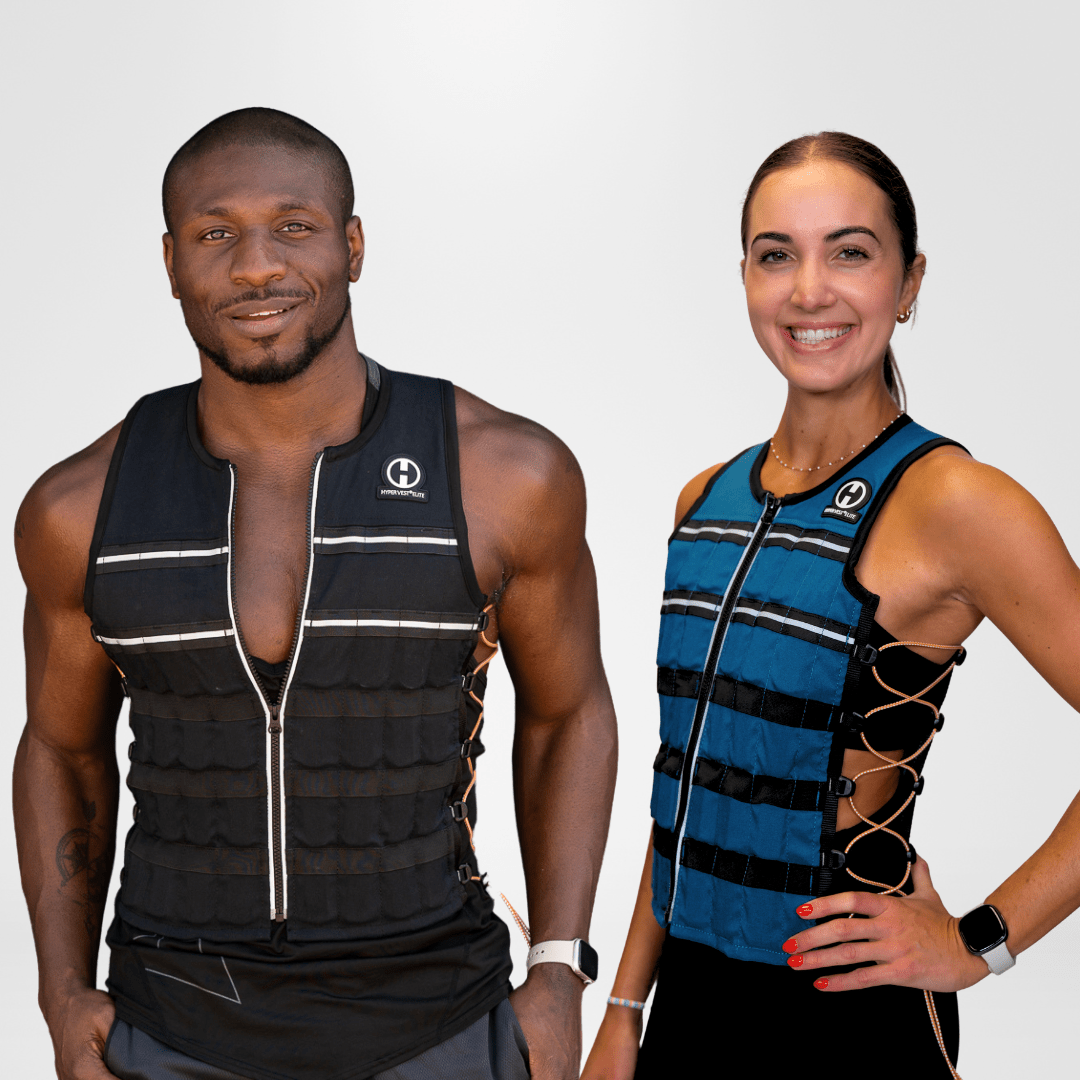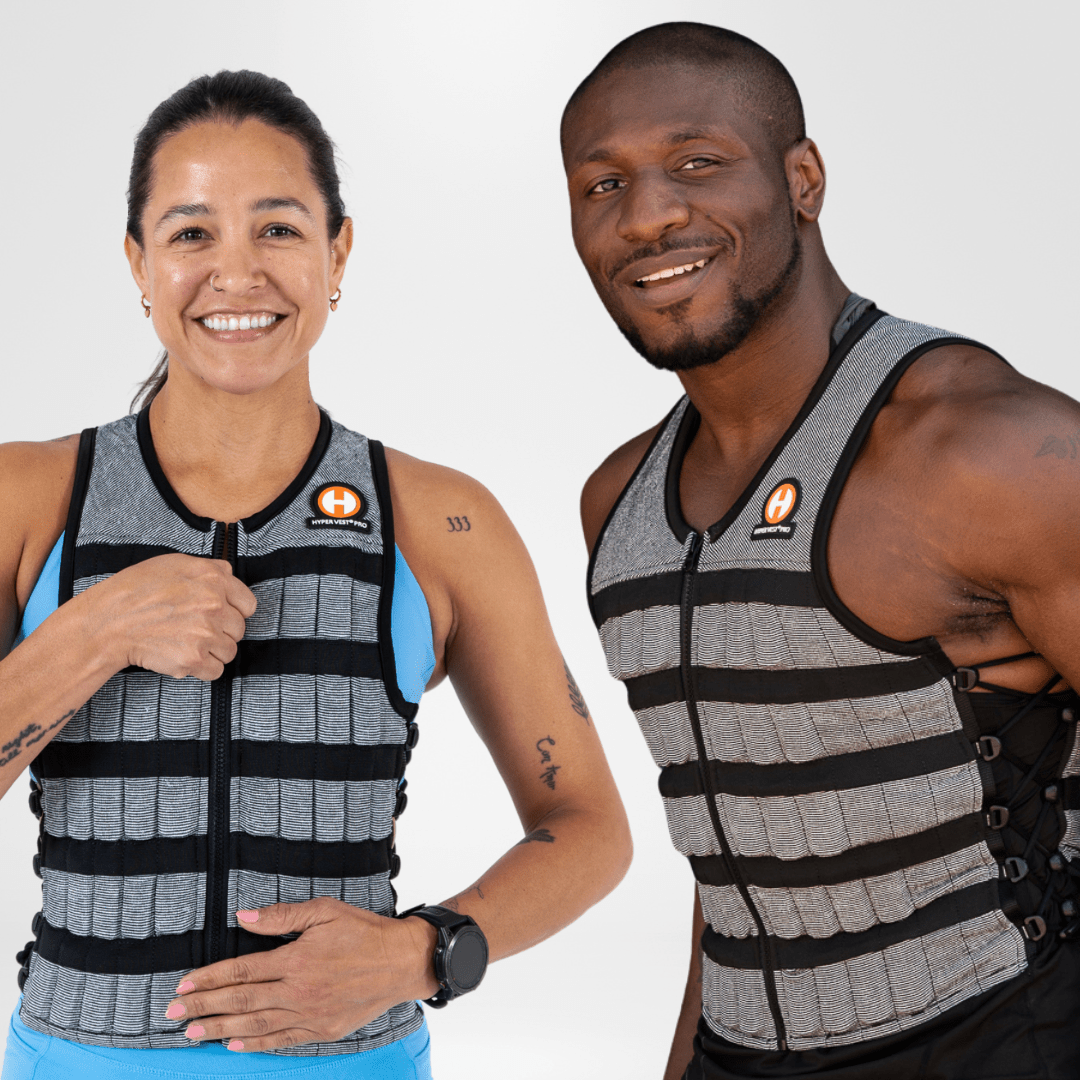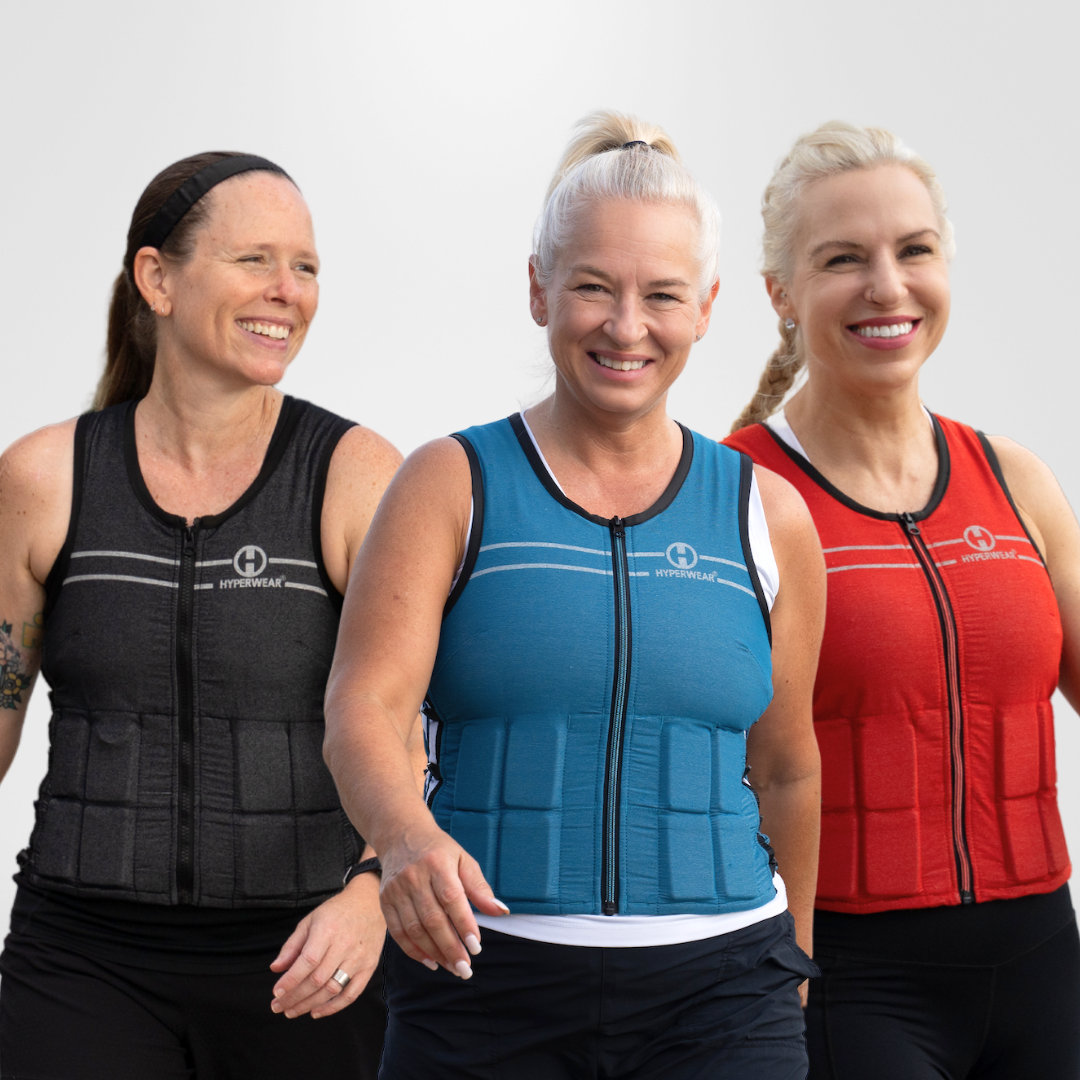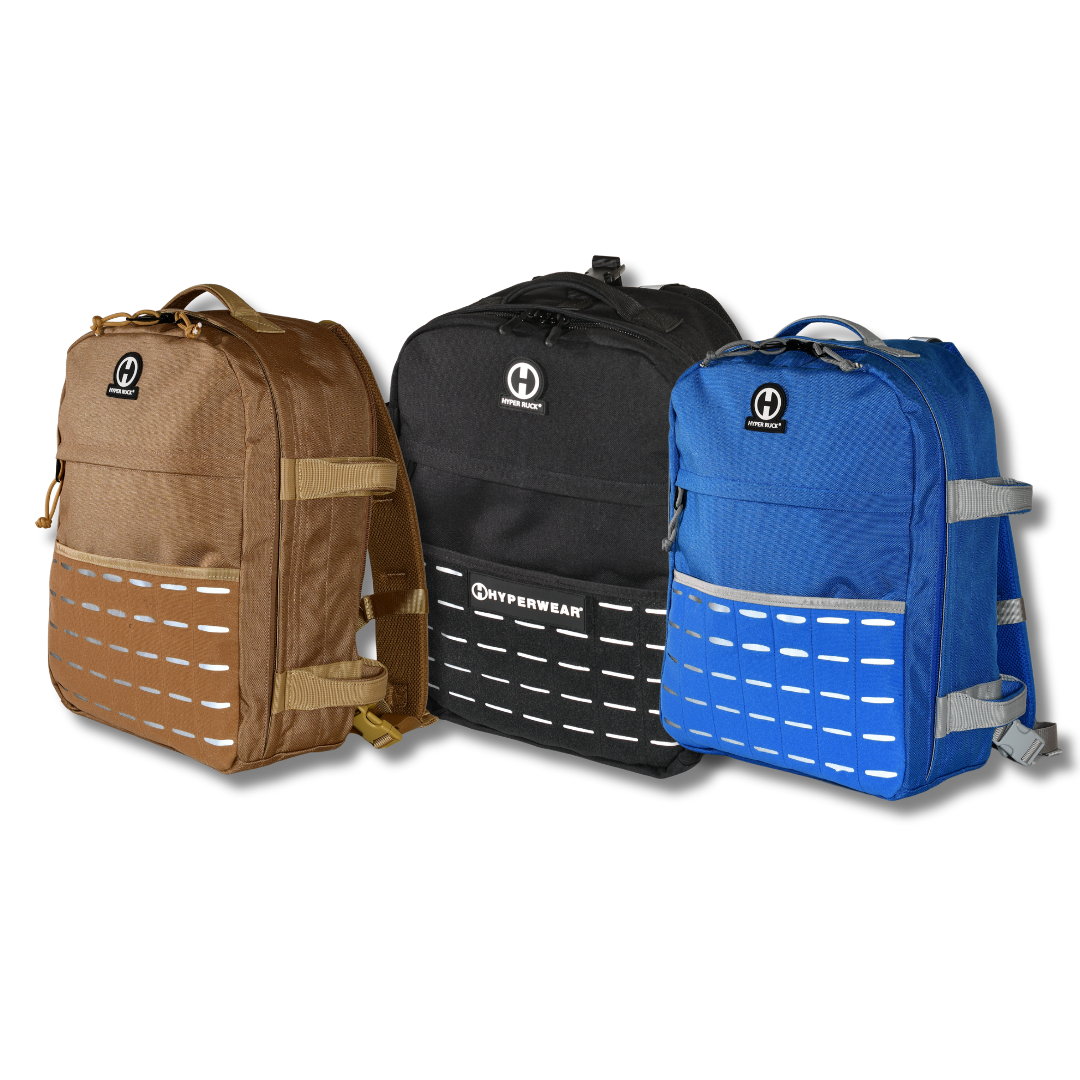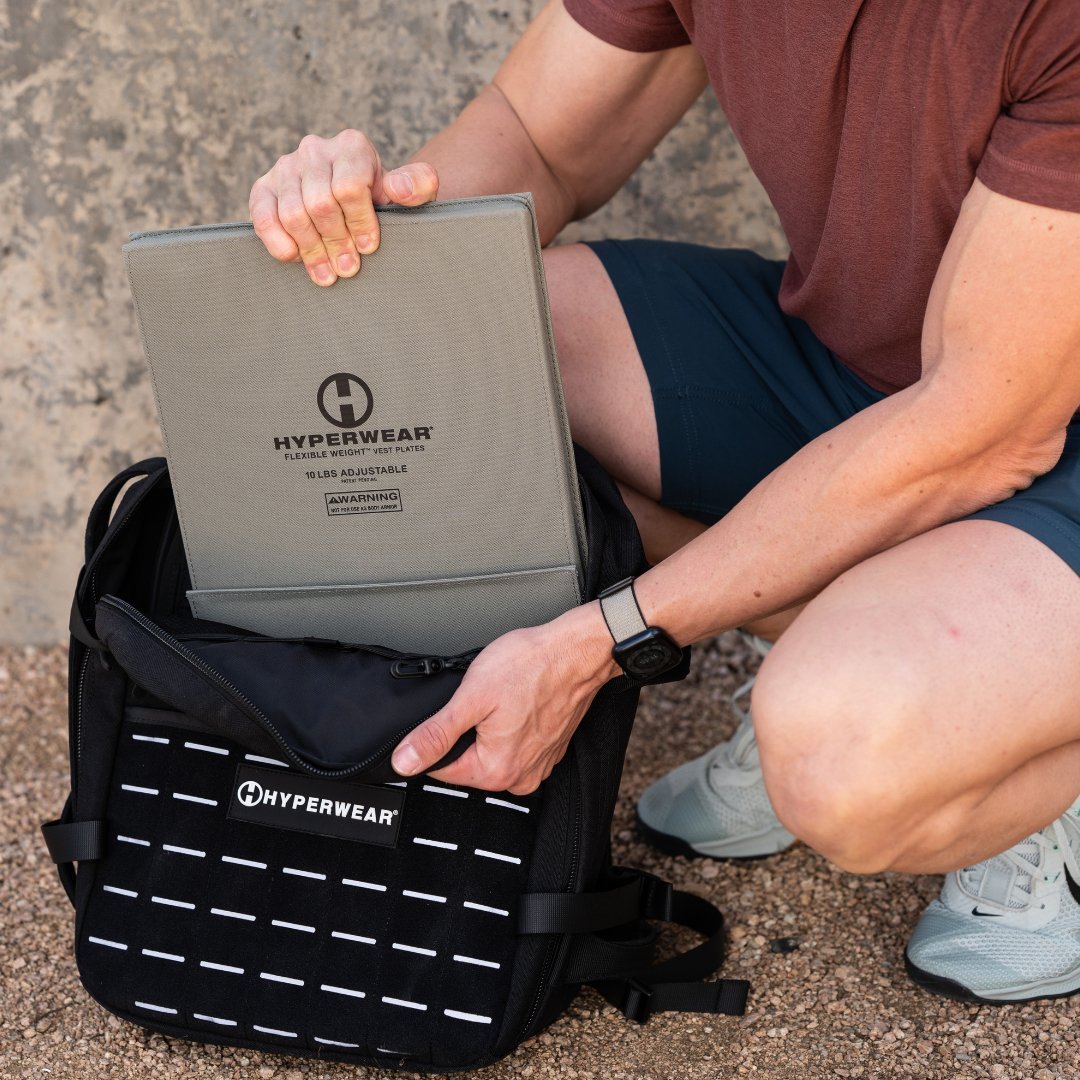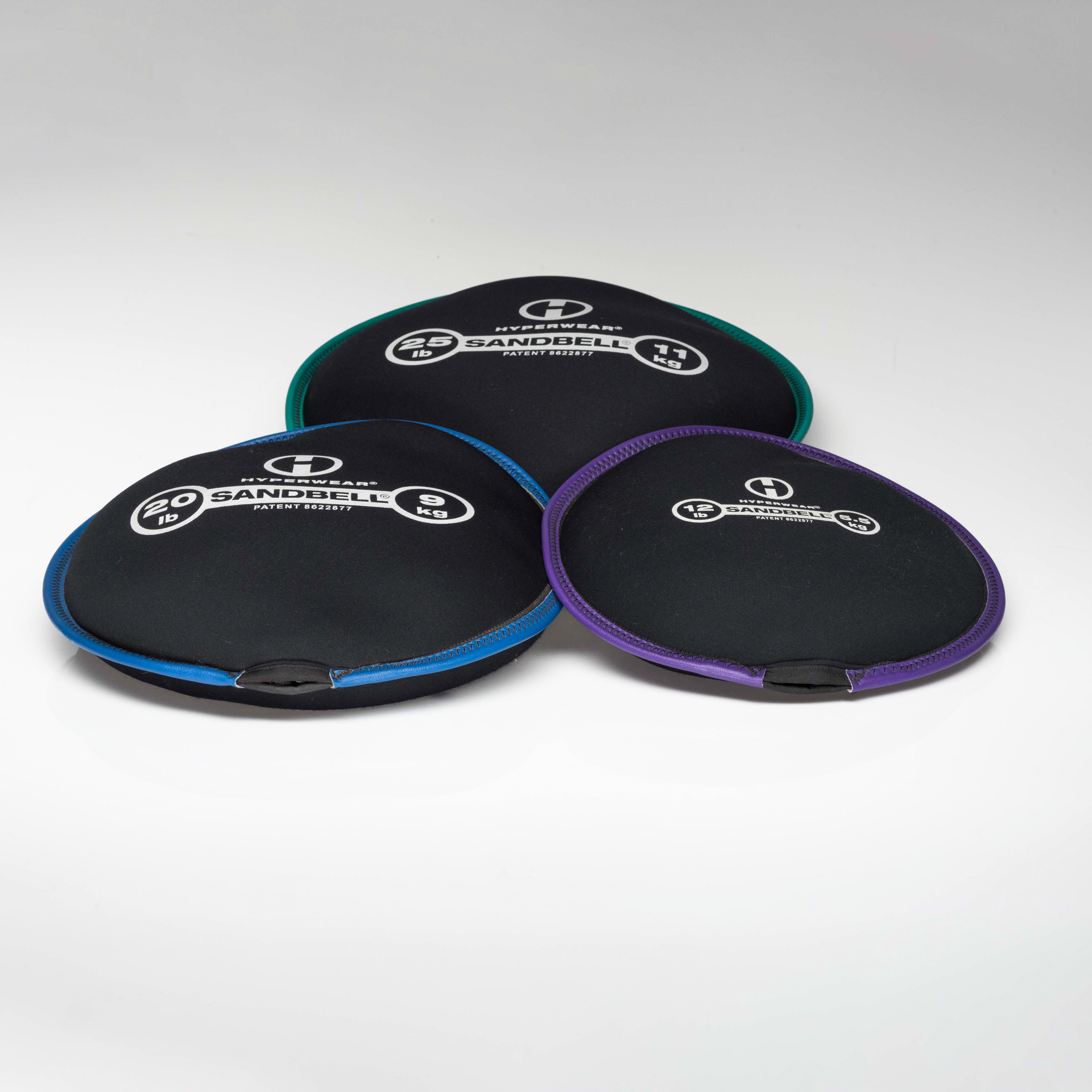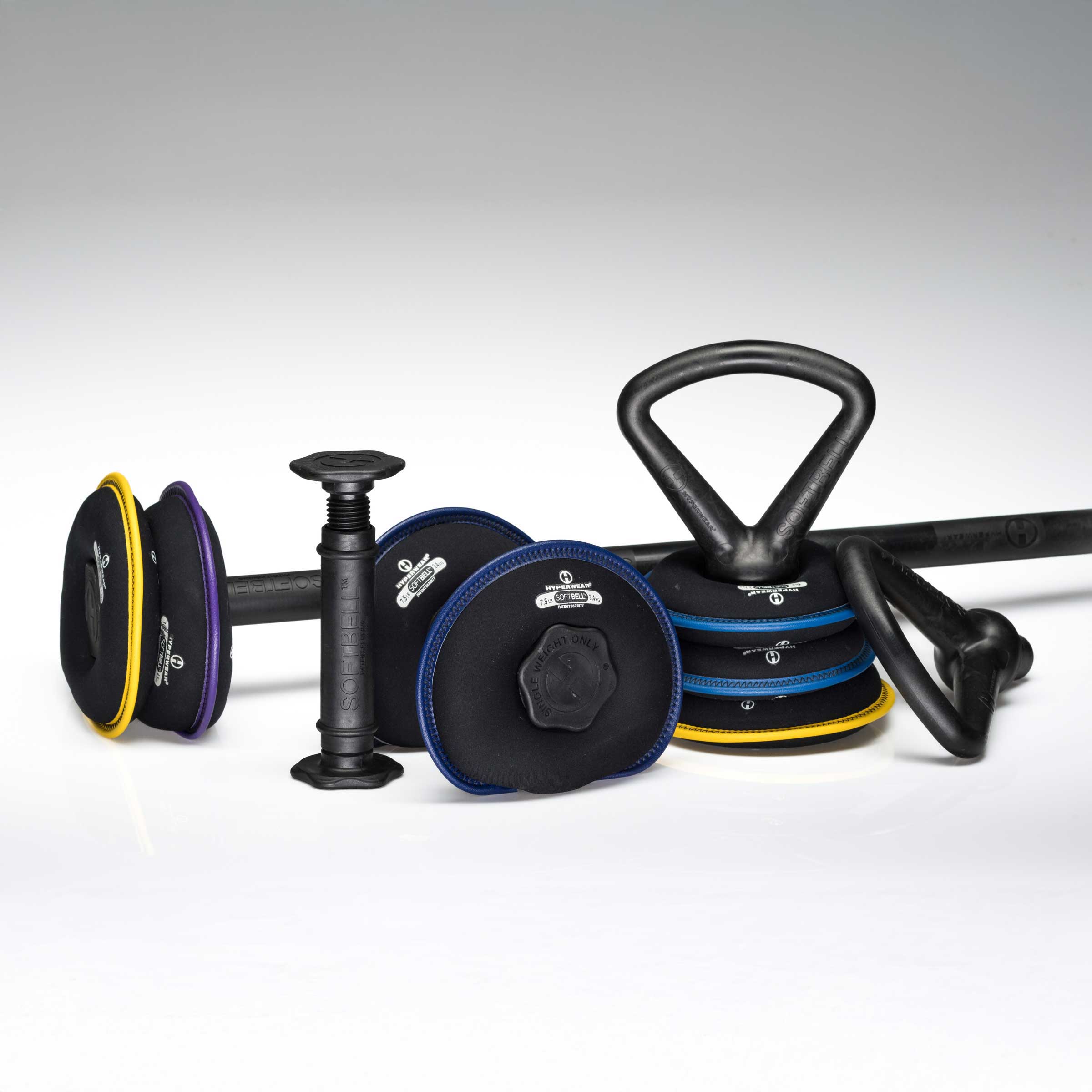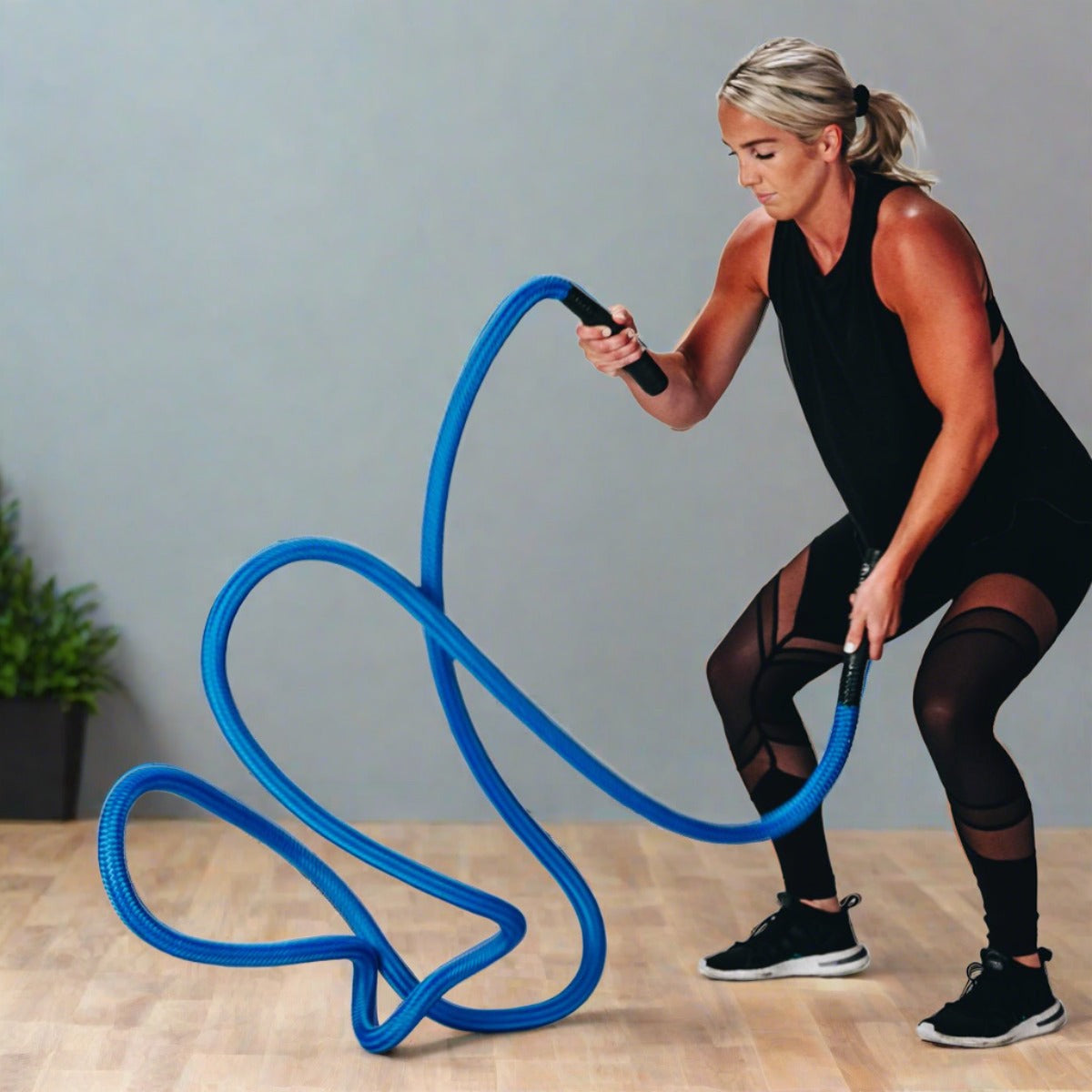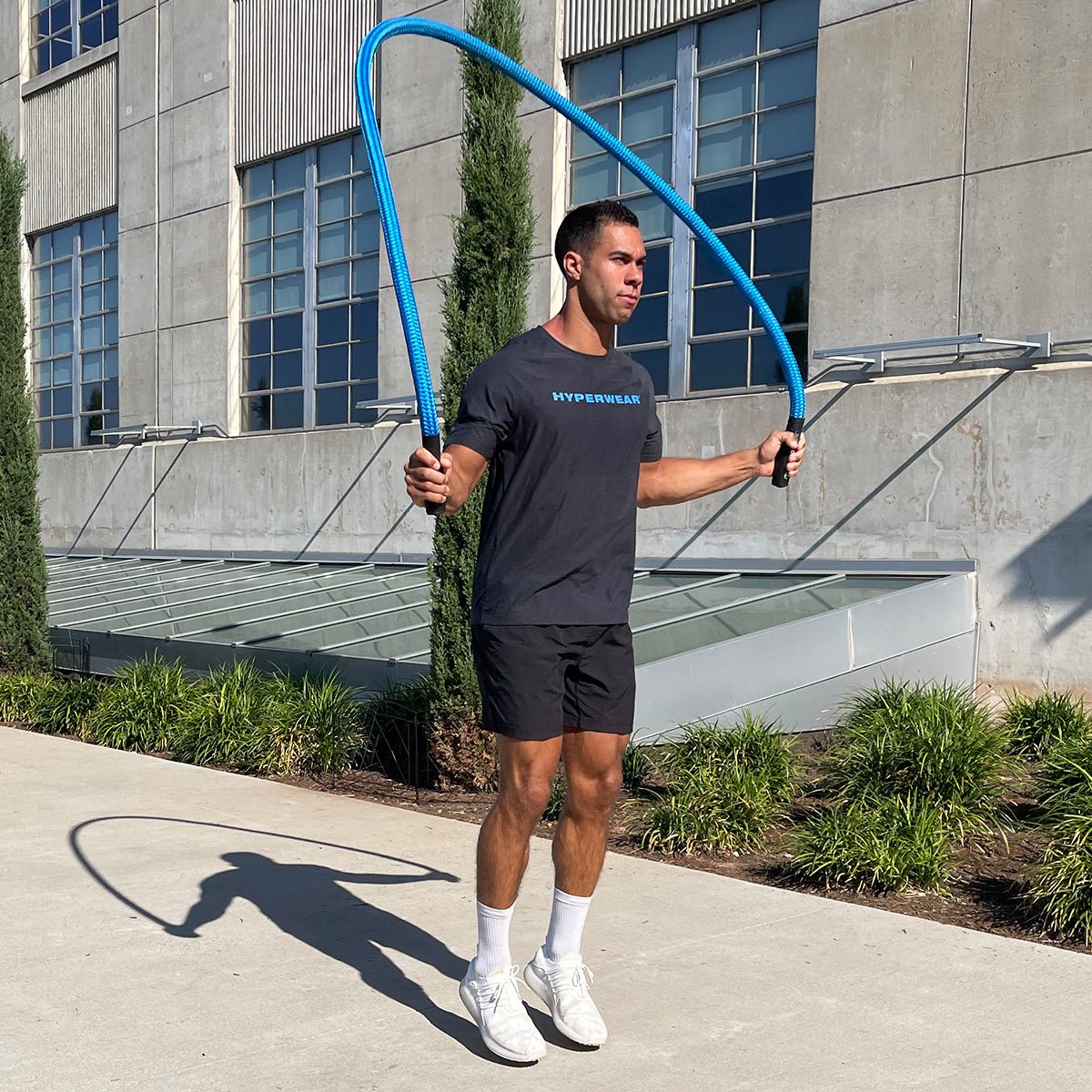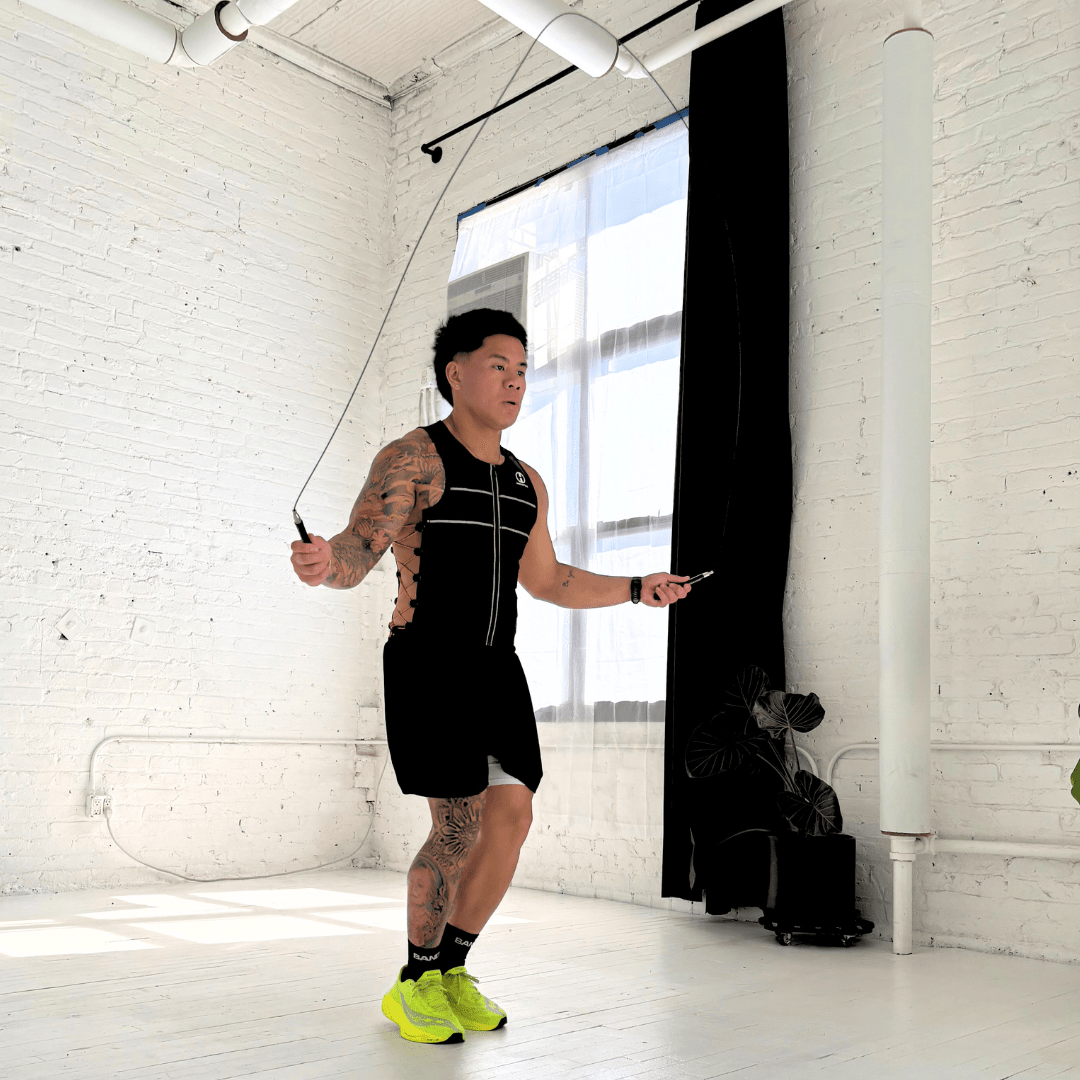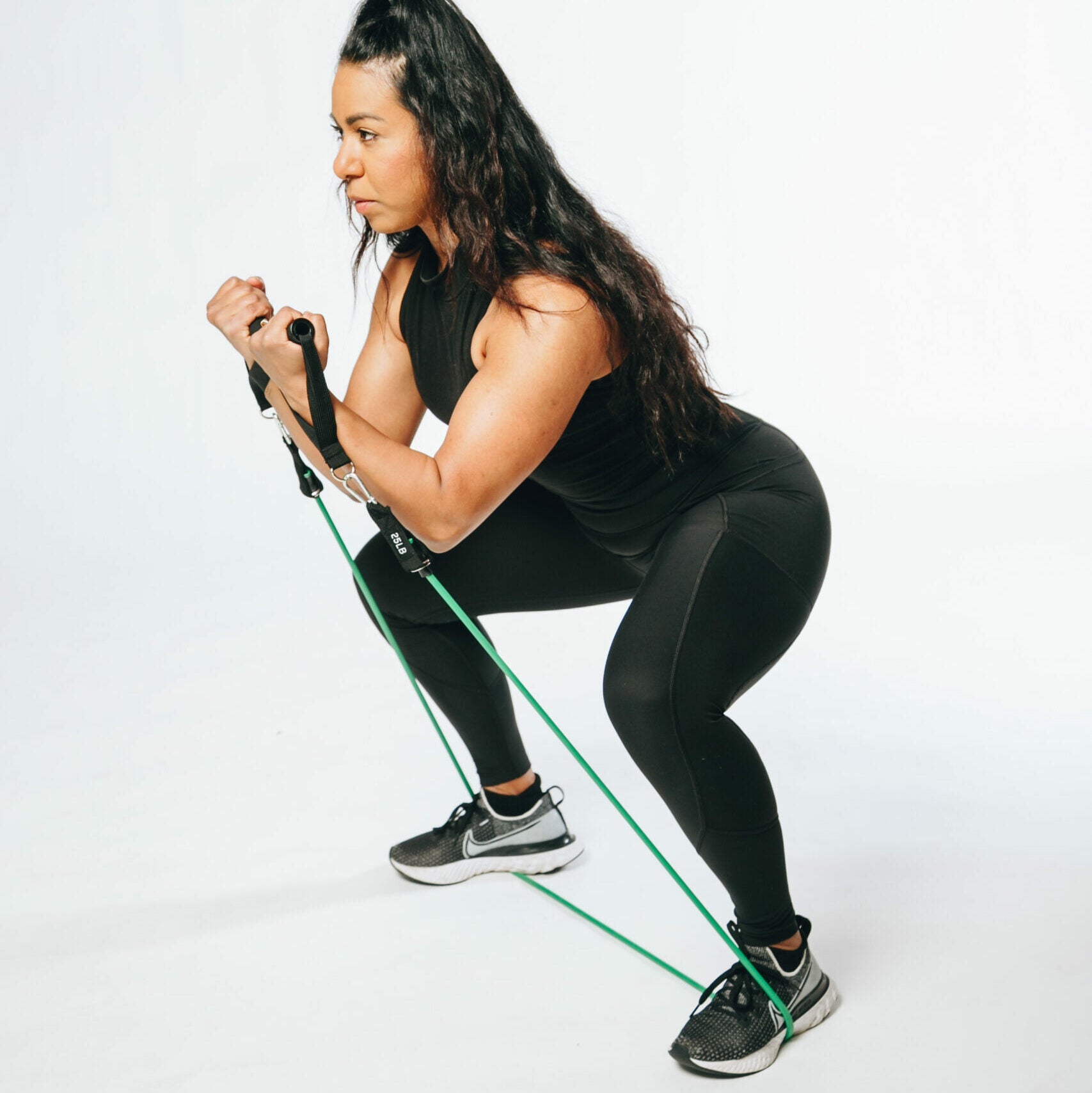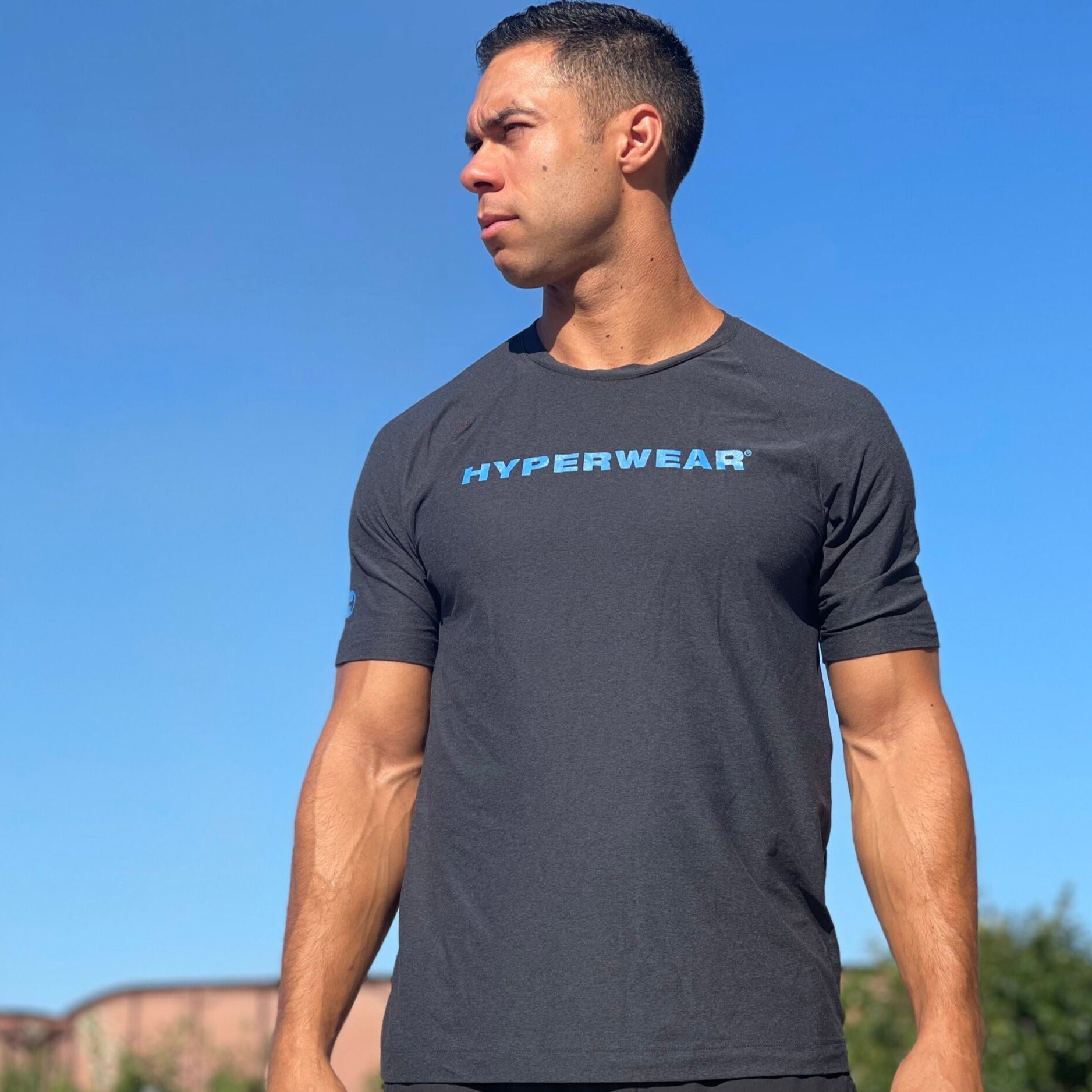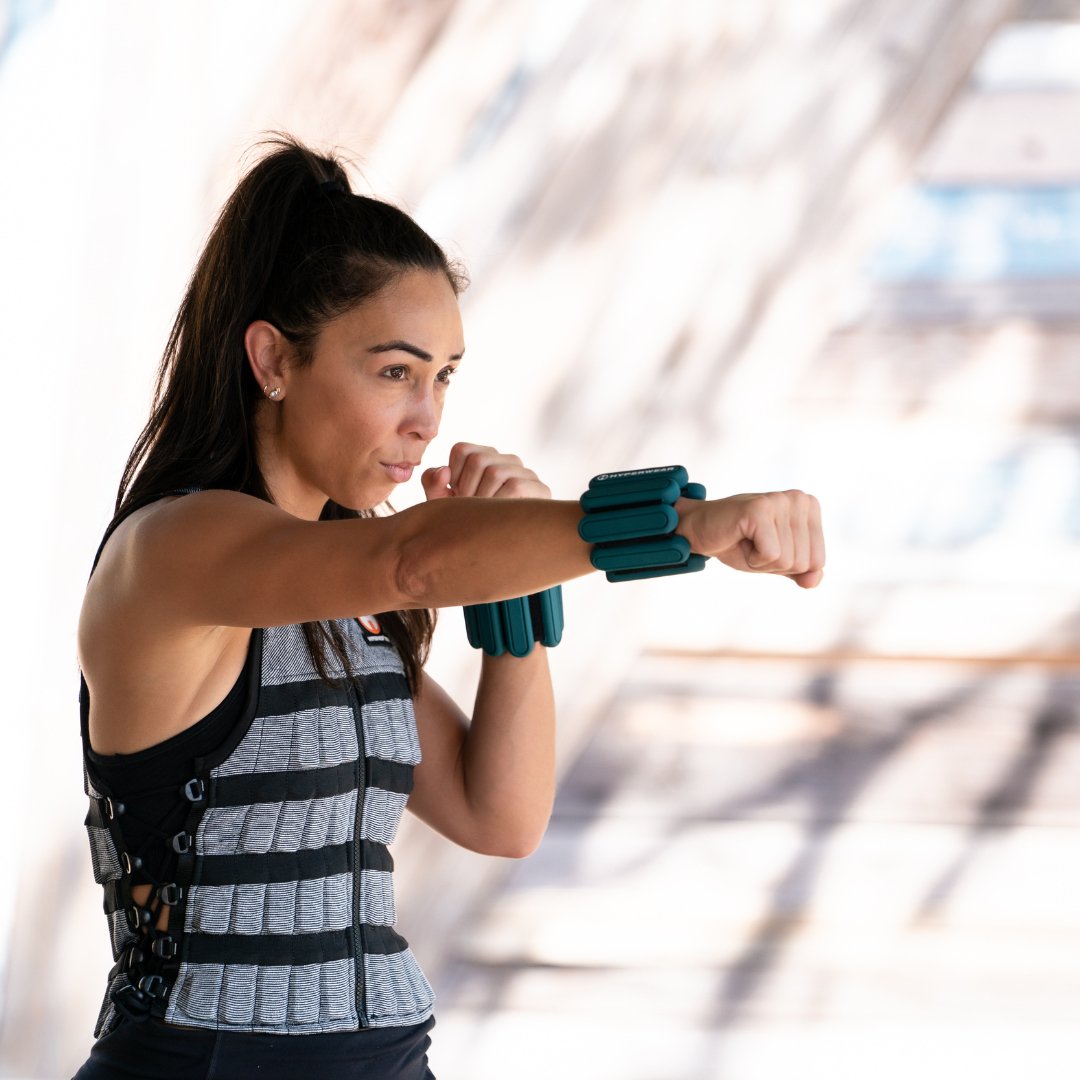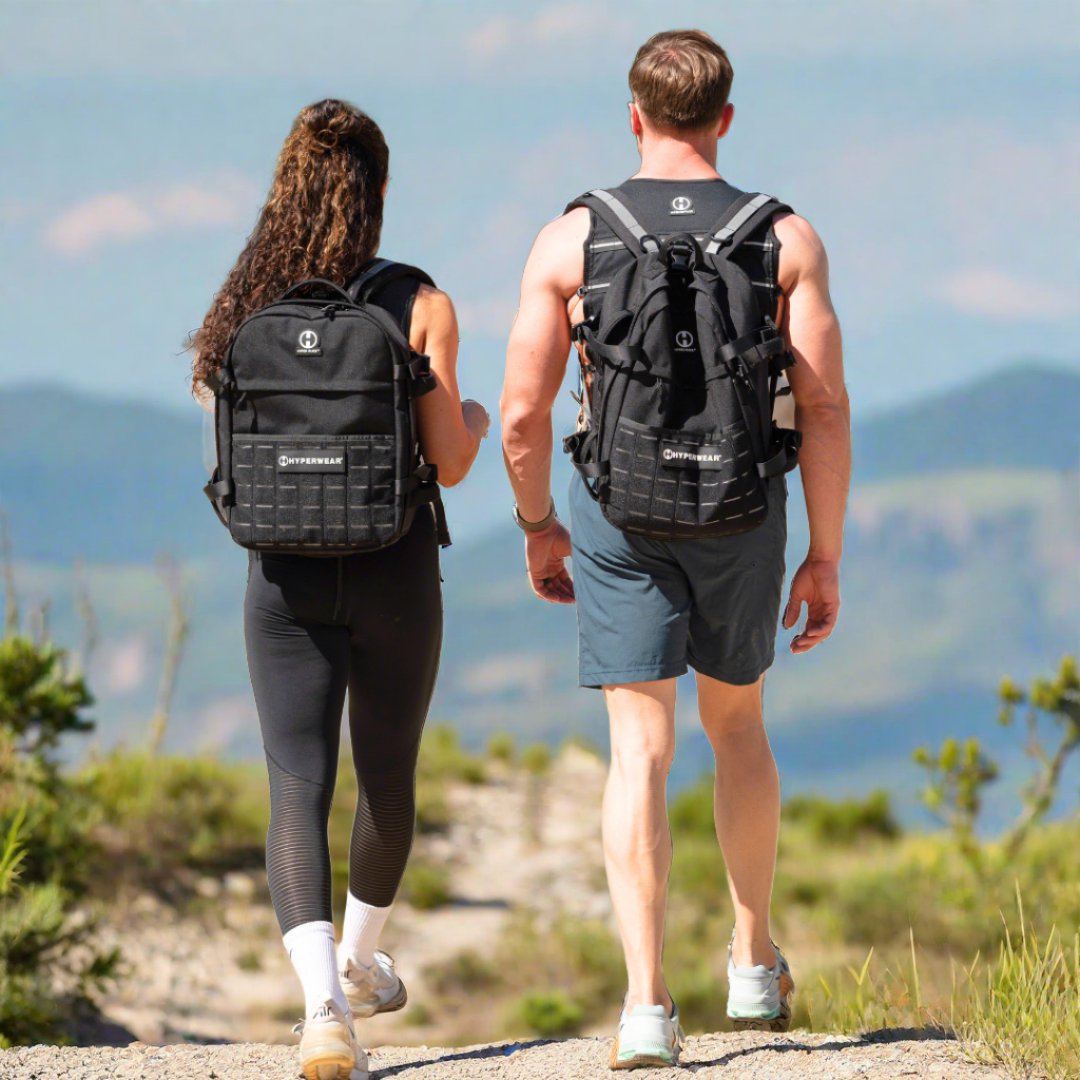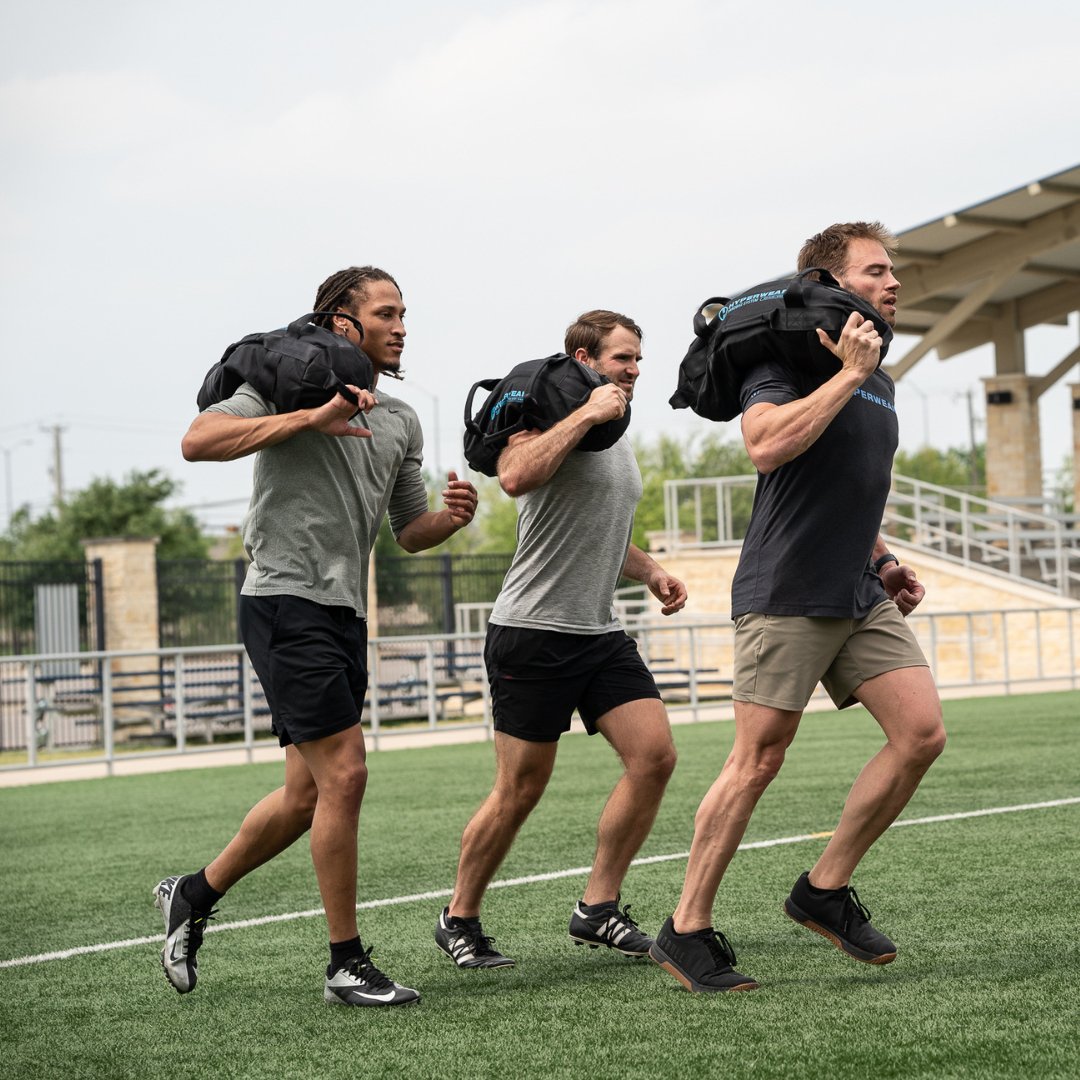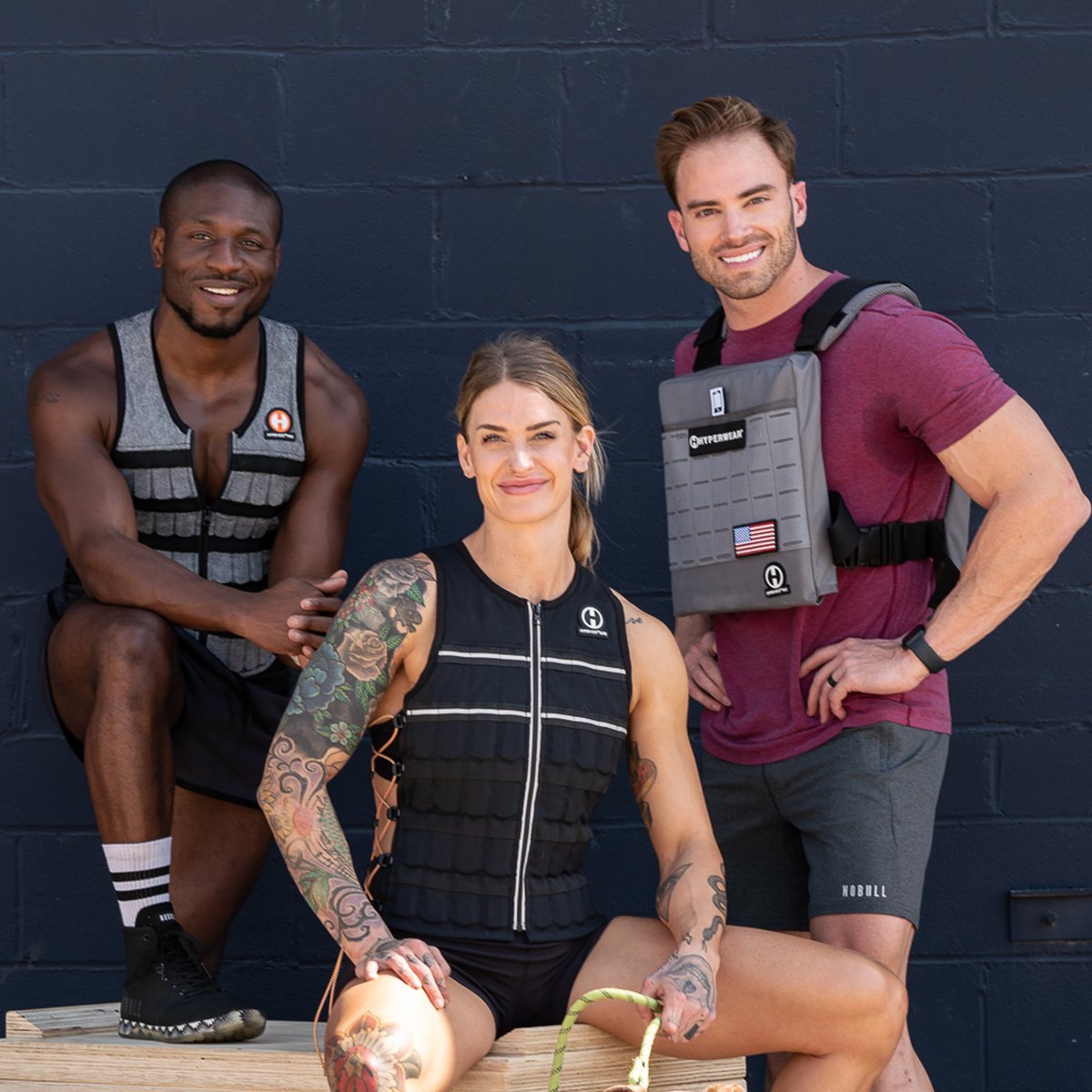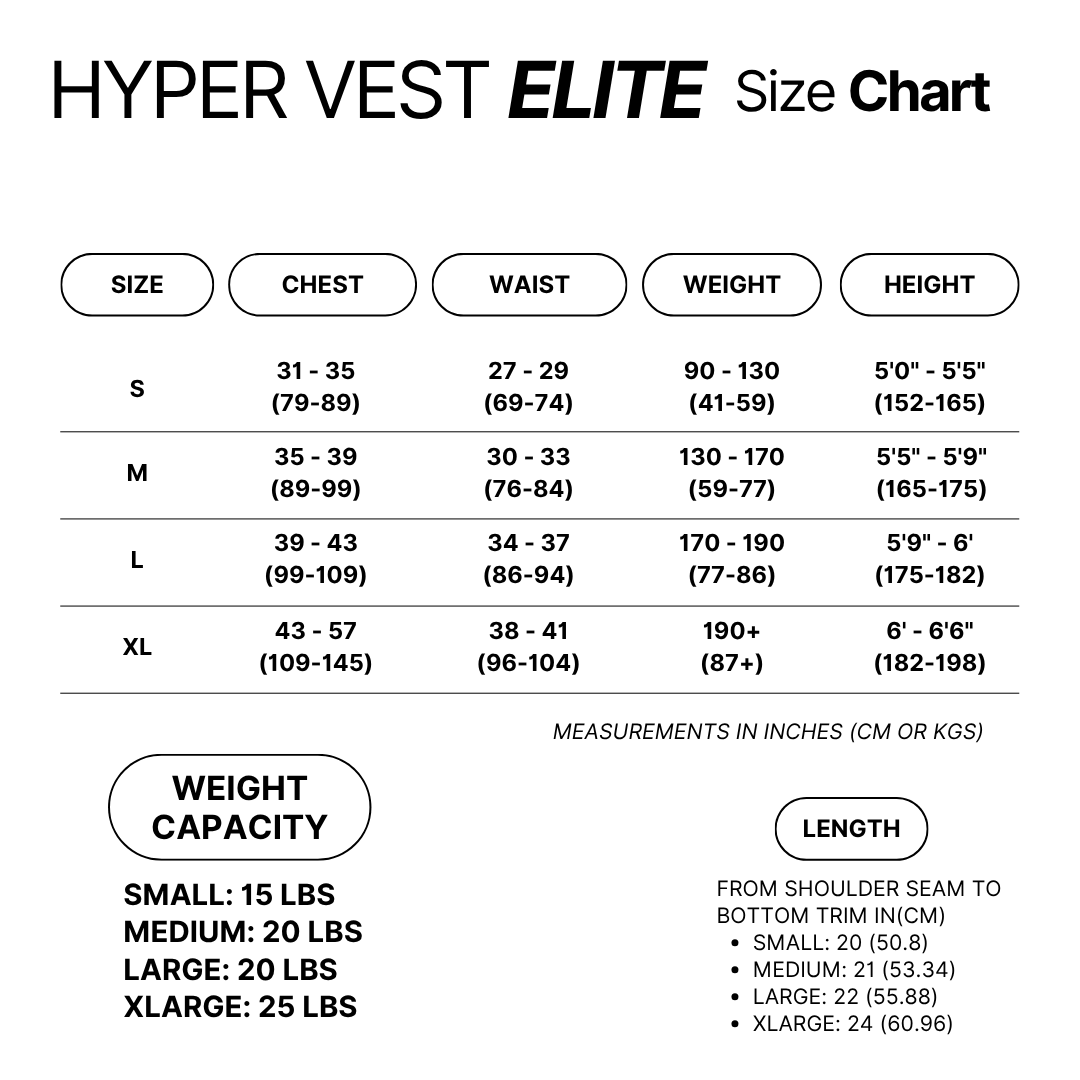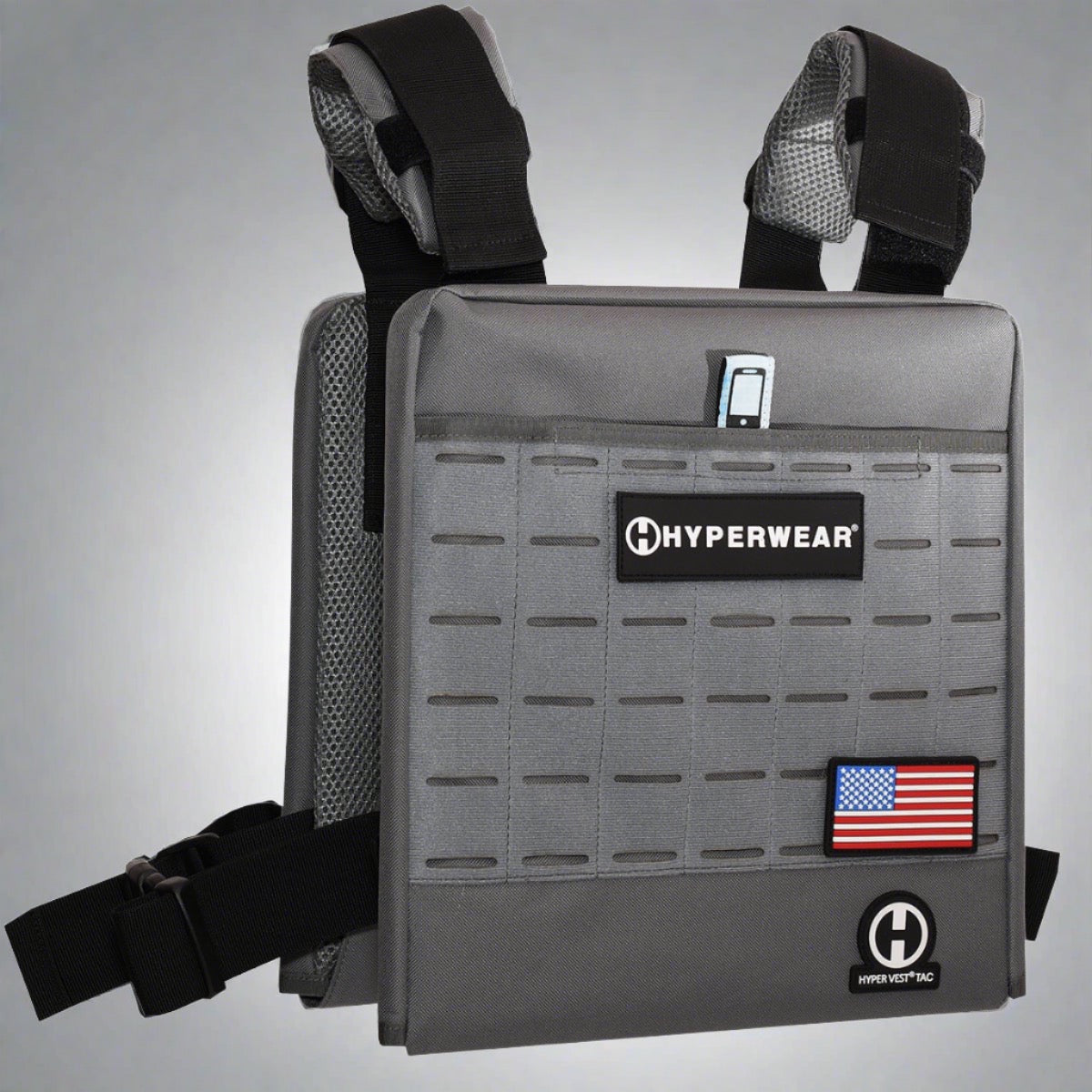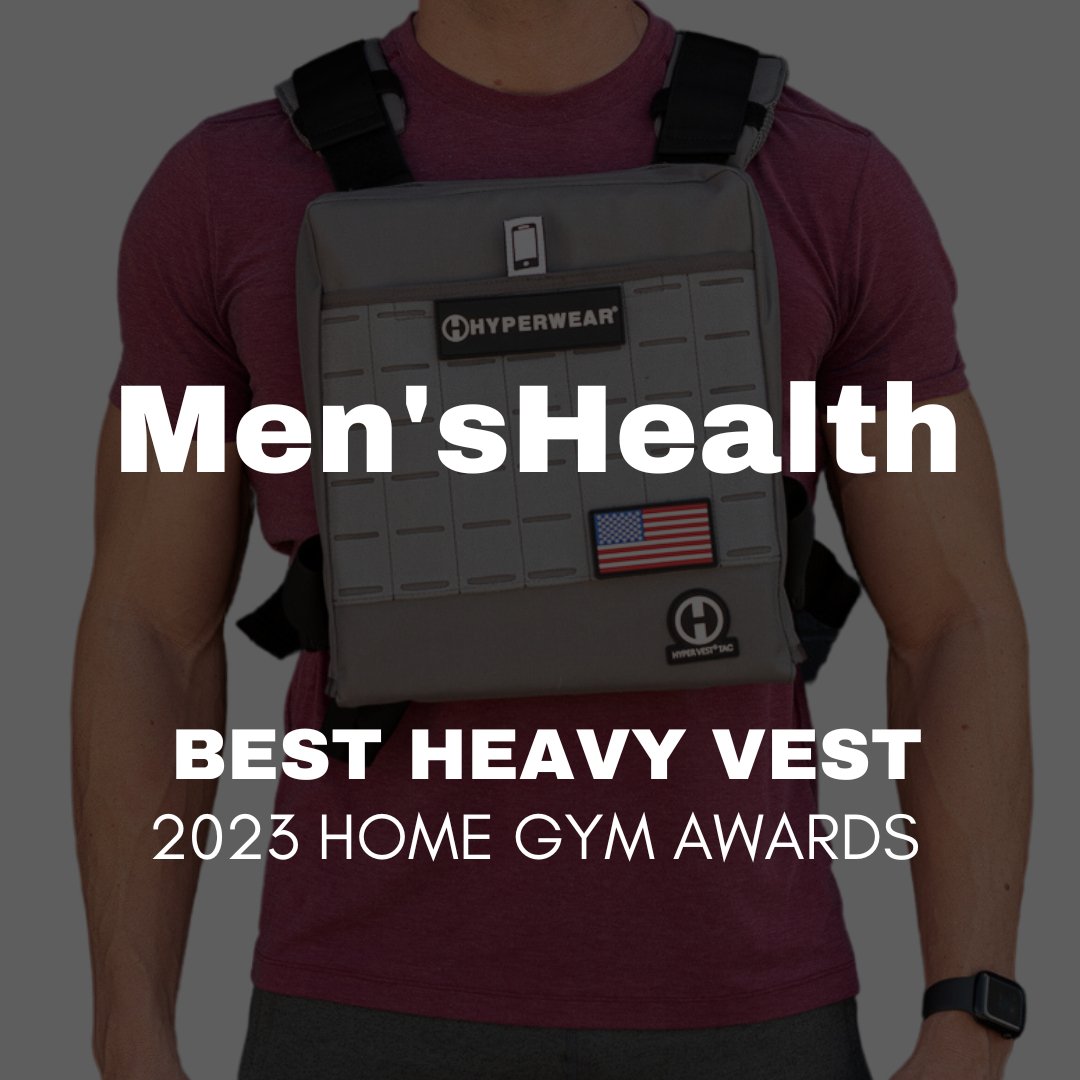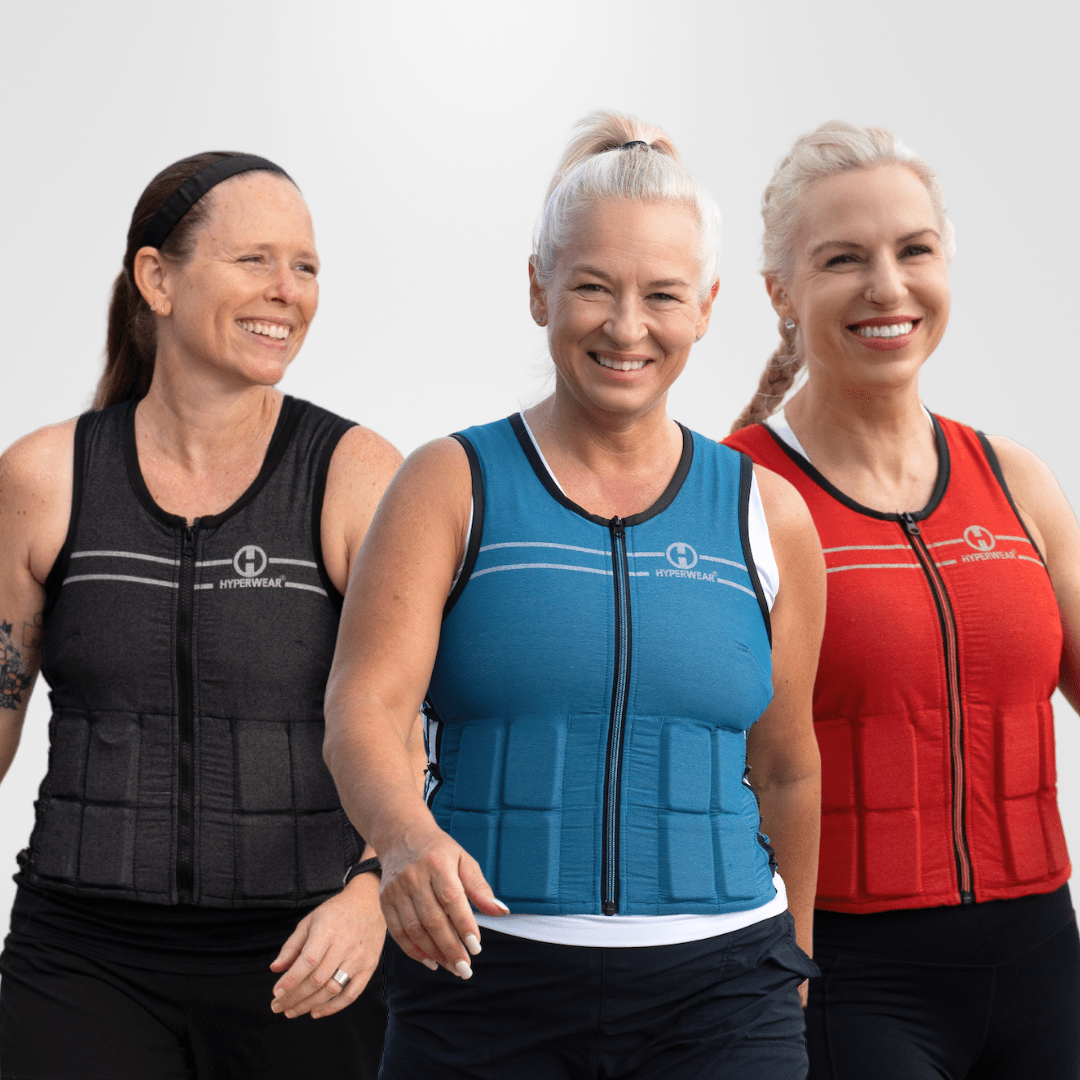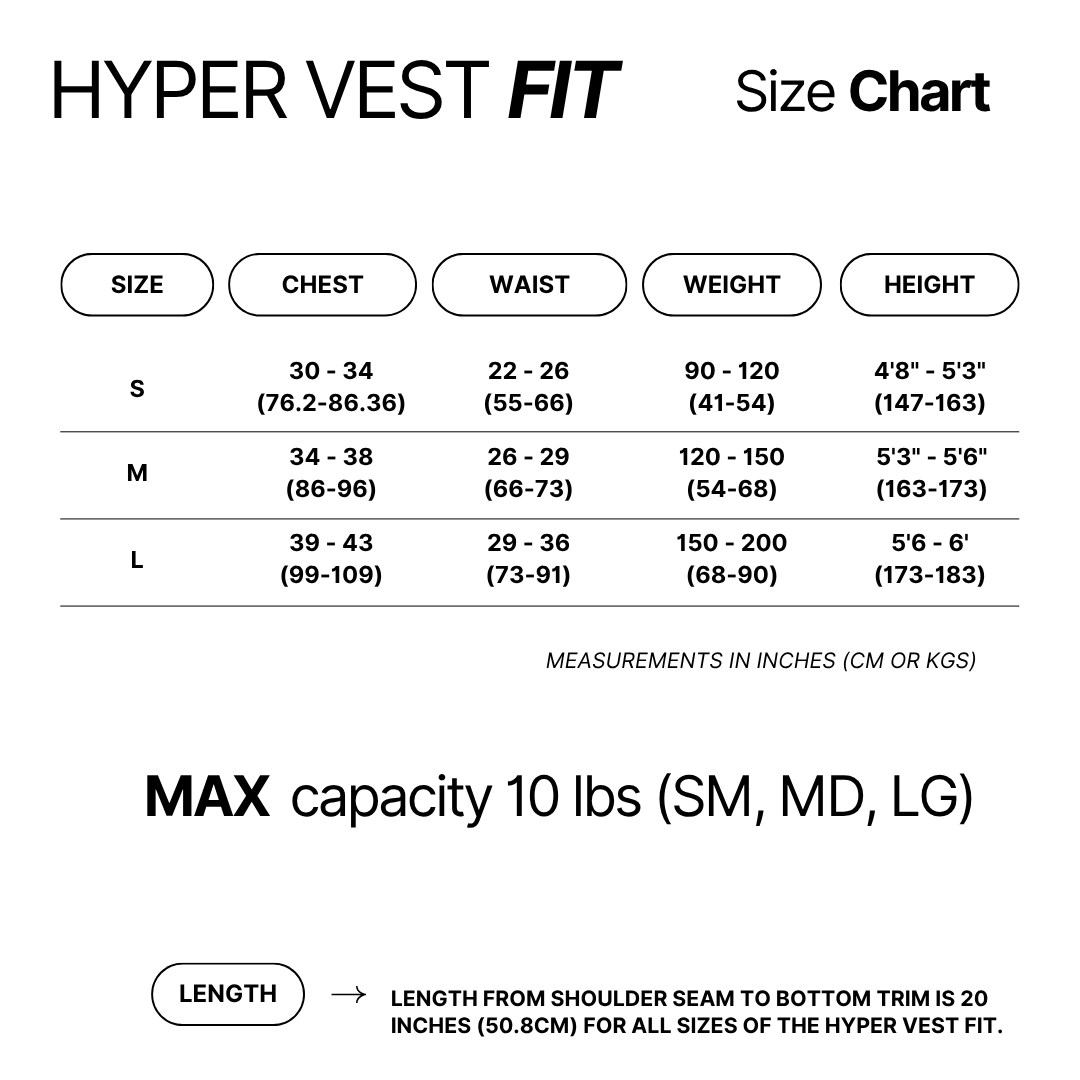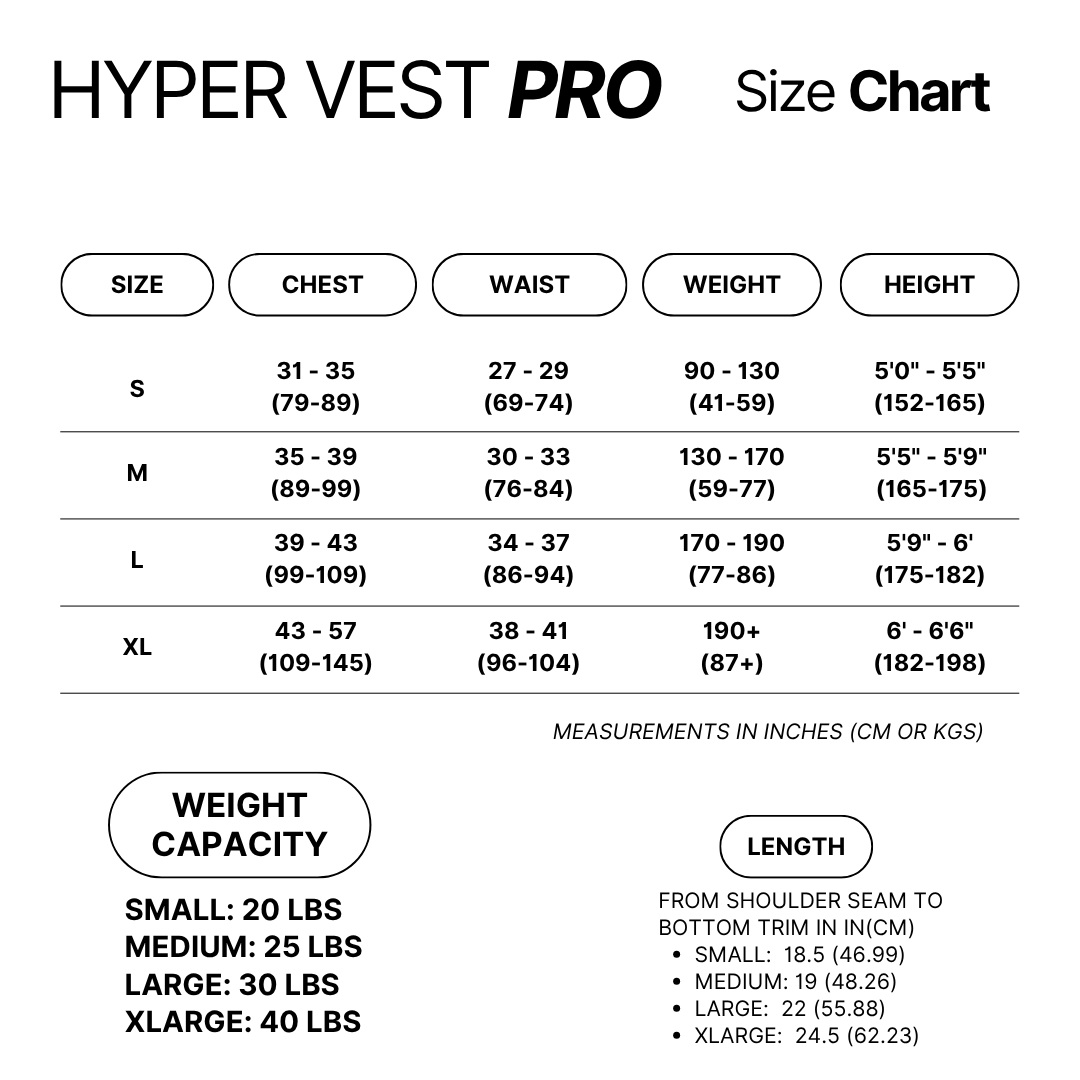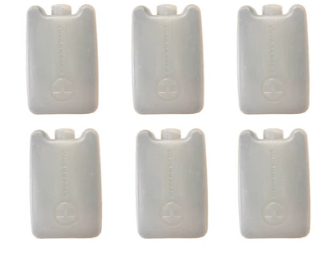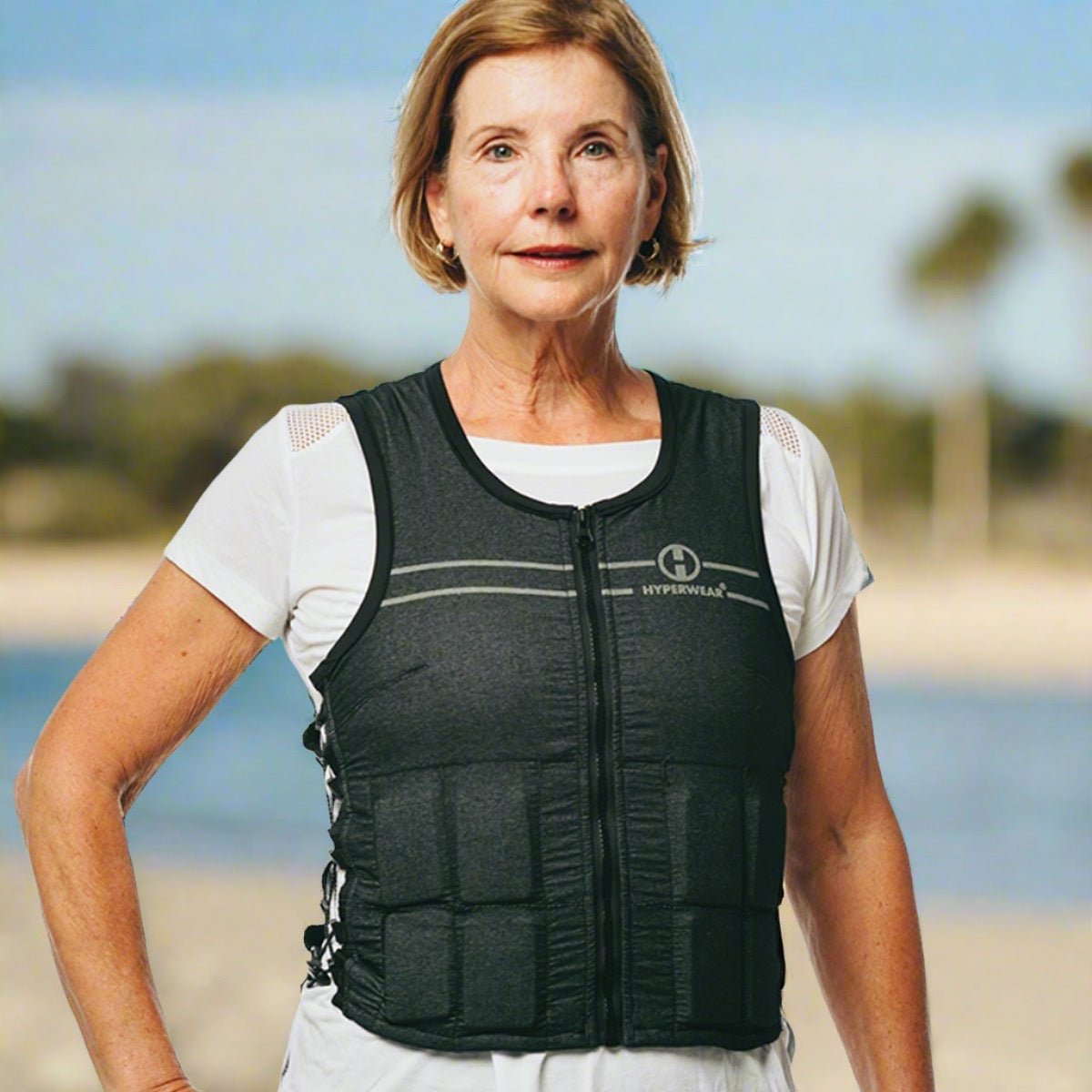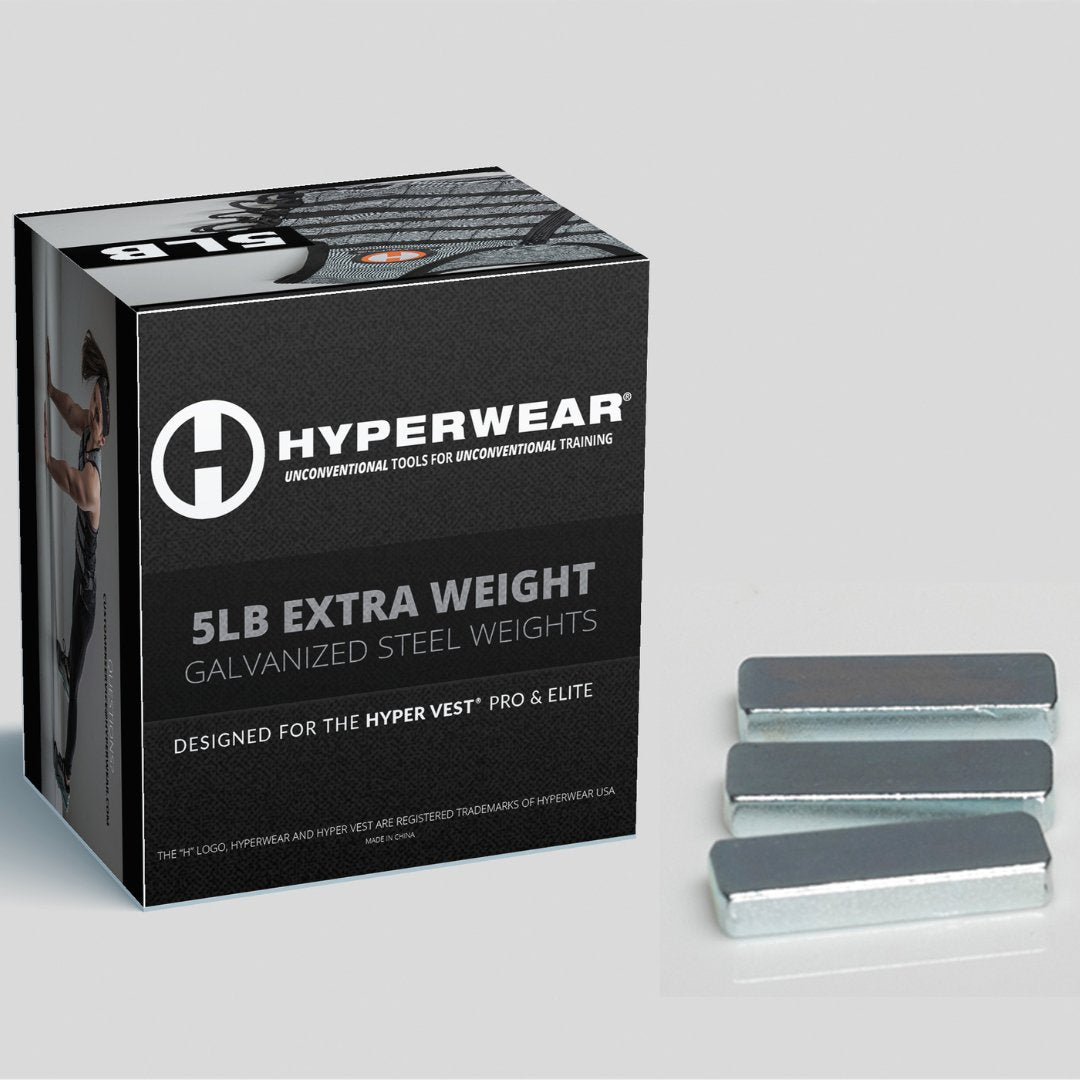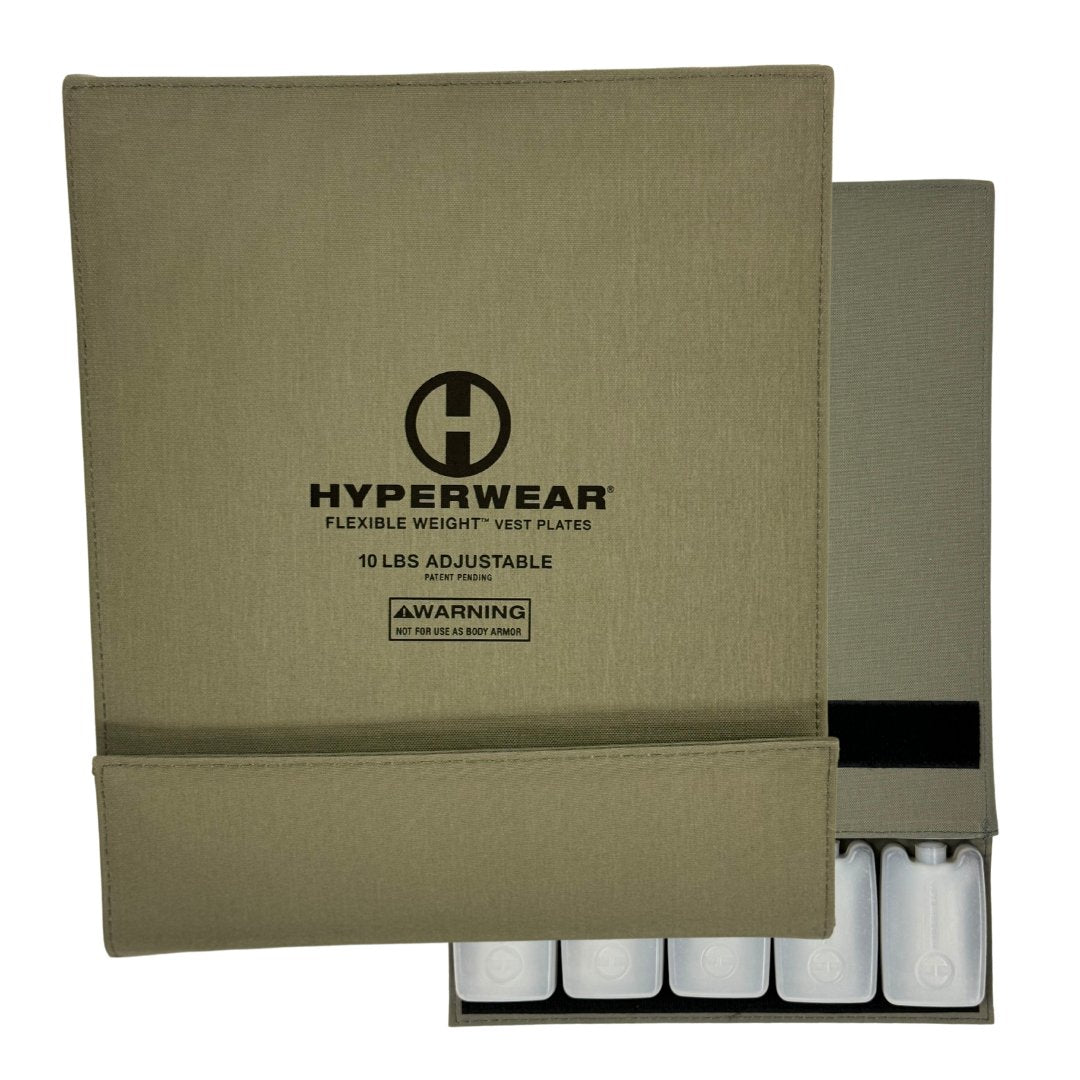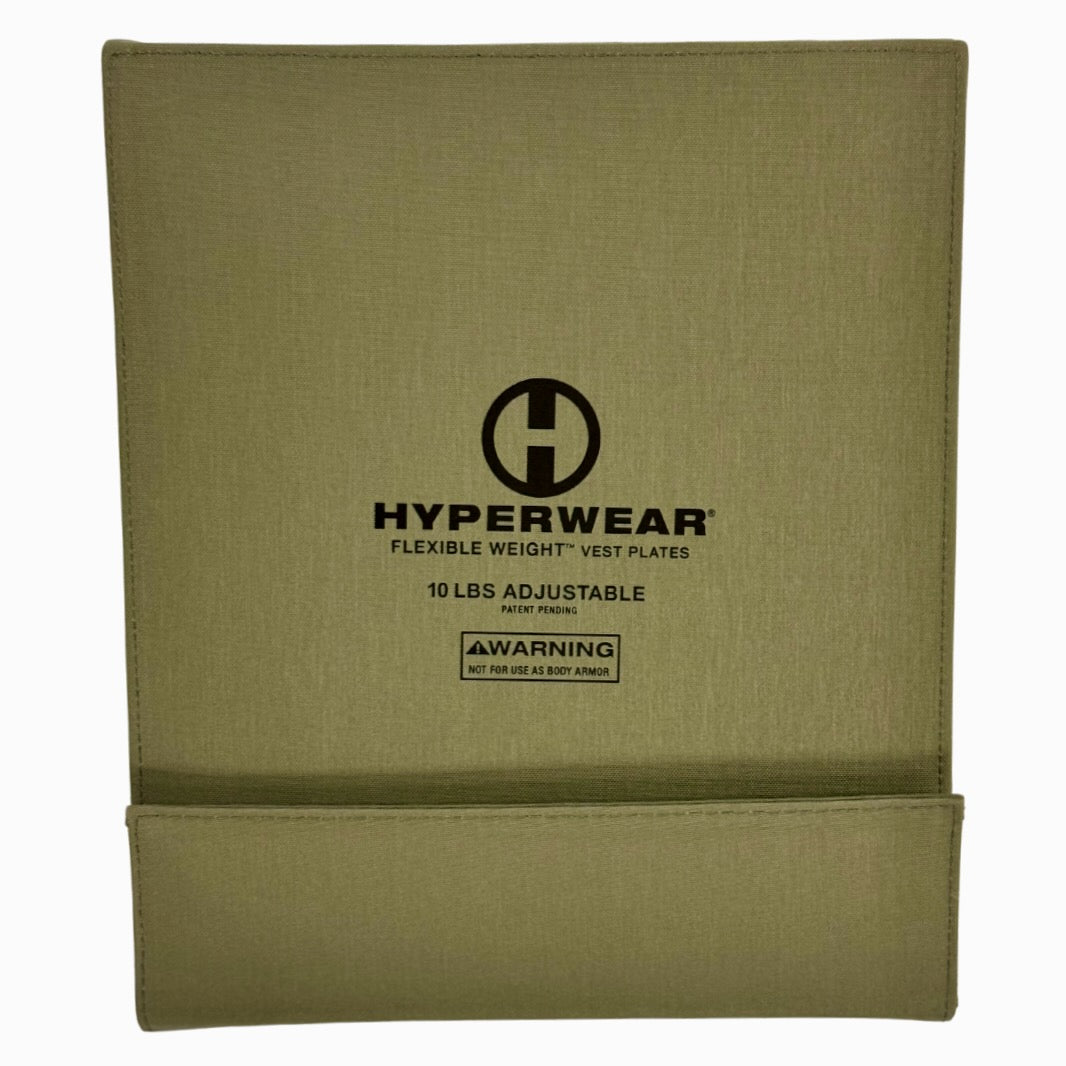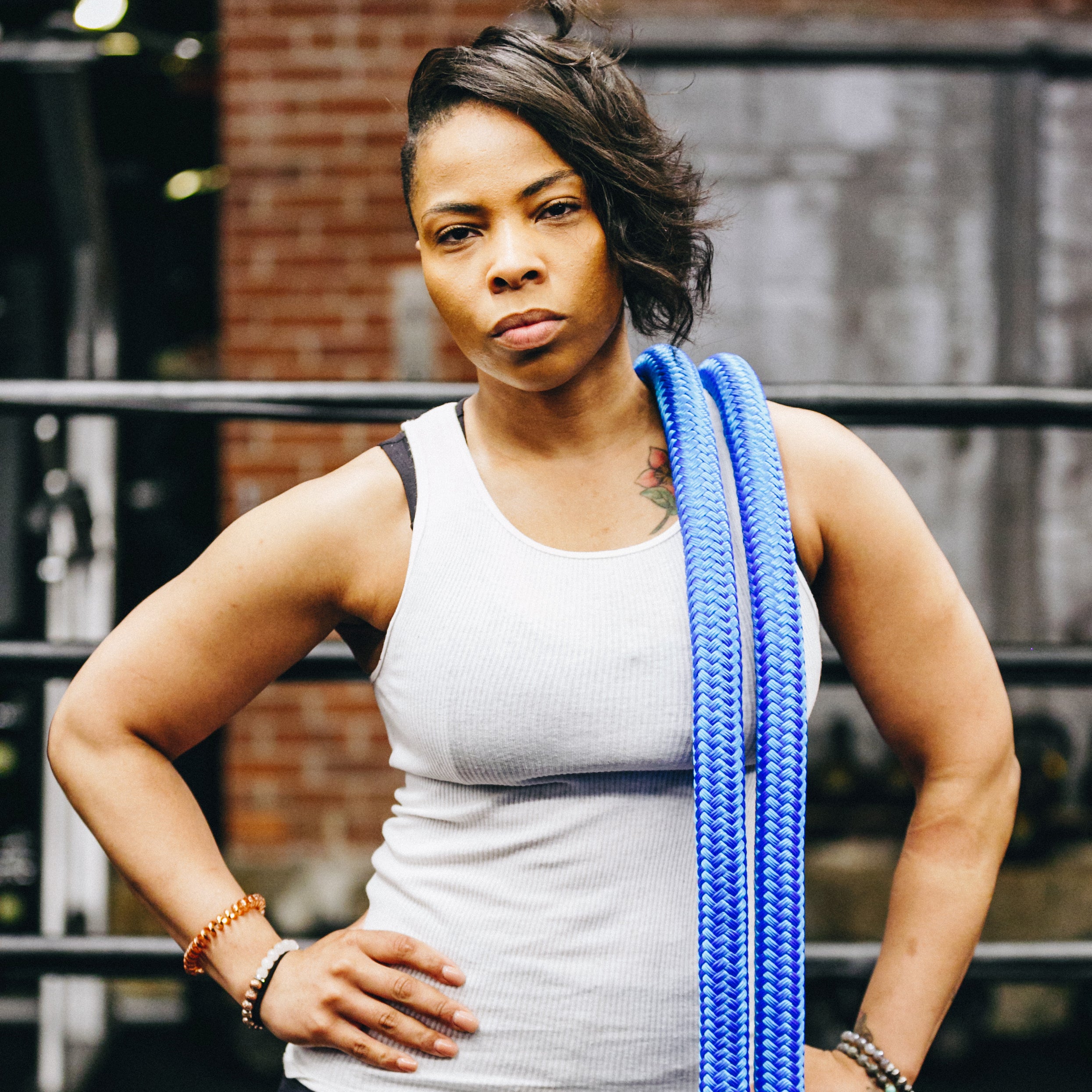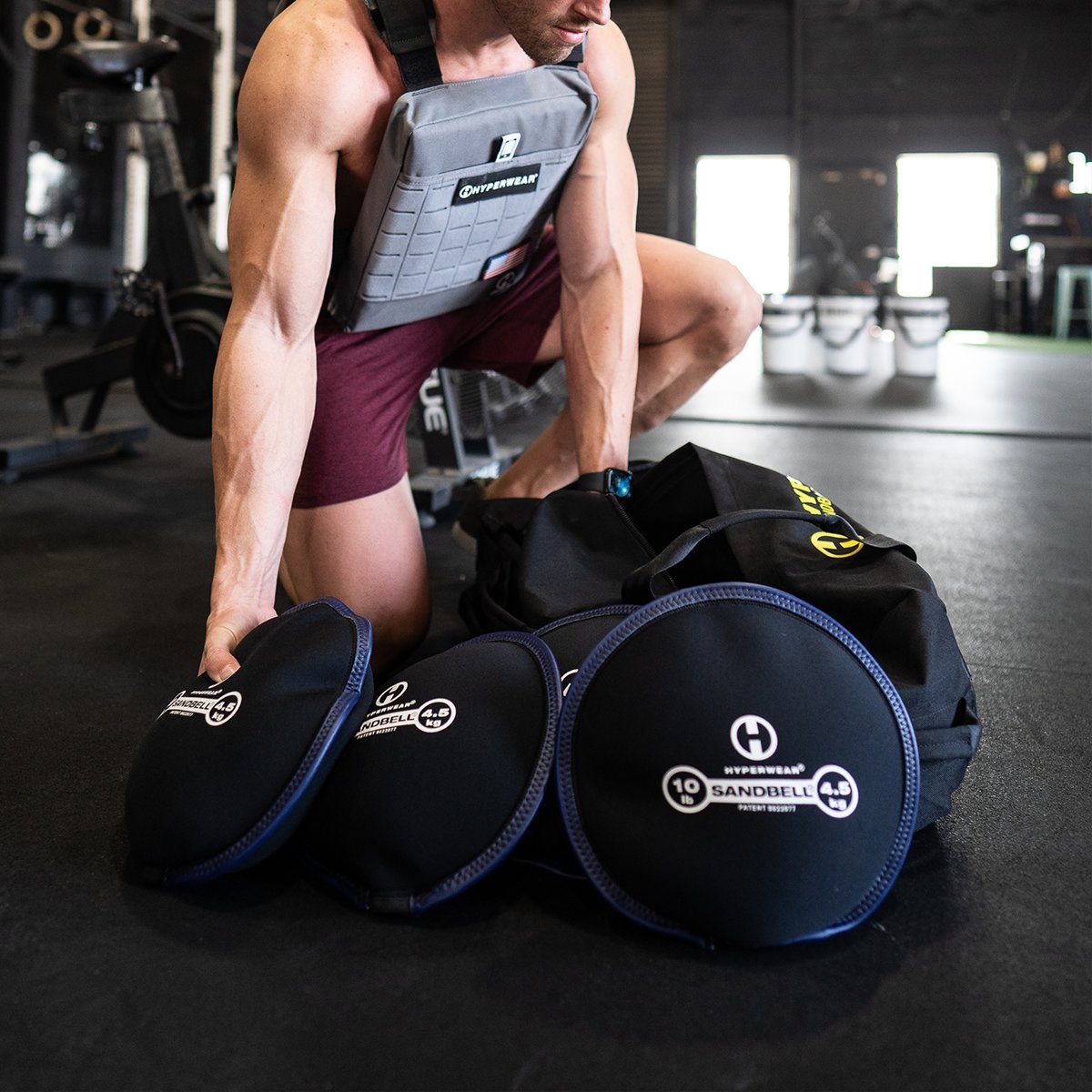Which Weighted Vest Is Right for You?

THE HYPER VEST - THE PREMIER ADJUSTABLE WEIGHTED VESTS
HOW TO CHOOSE THE BEST WEIGHTED VEST
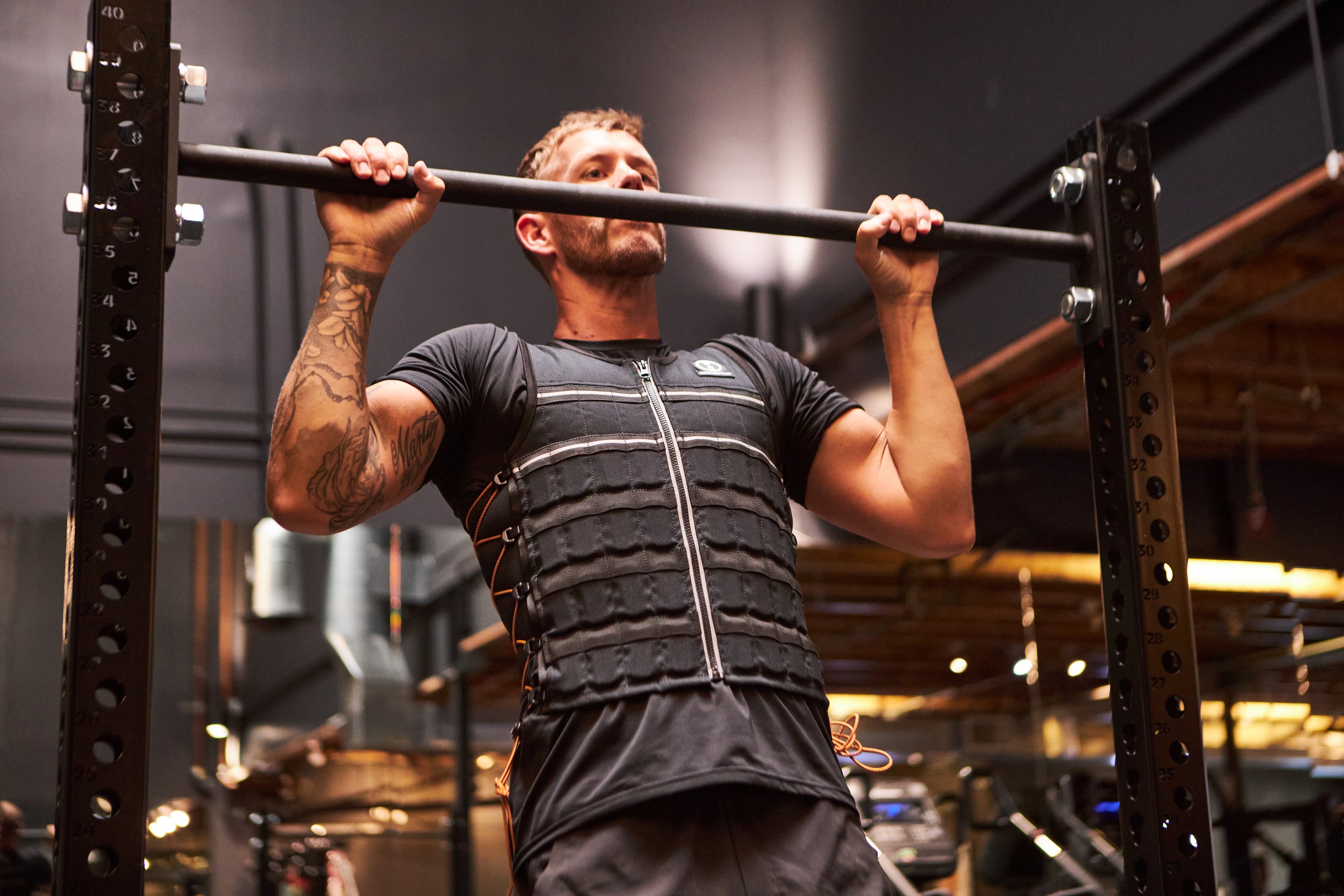
LEVEL-UP WITH THE ADVANTAGE OF HYPER VEST WEIGHT VEST PERFORMANCE
FAQ
Weighted Vests
Hyperwear® delivers a patented compression fit and PFAS-free materials, outperforming neoprene harness vests like Zelus® and hybrid designs like Omorpho® G-Vest®, as well as tactical plate carriers from 5.11 Tactical® and Goruck®.
| Feature | Hyperwear® | Zelus® Neoprene Vest | Omorpho® G-Vest® | 5.11® / Goruck® Plate Carriers |
| Breathable | ✔ | ✔ | ✘ | ✘ |
| Machine Washable | ✔ | ✘ | ✘ | ✘ |
| Odor-Resistant | ✔ | ✘ | ✘ | ✘ |
| Compression Fit | ✔ | ✘ | ✘ | ✘ |
| Even Weight Distribution | ✔ | ✘ | ✔ | ✔ |
Zelus®, Omorpho®, 5.11 Tactical®, and Goruck® are registered trademarks of their respective owners. Hyperwear® has no affiliation with these brands.
Hyperwear vests use horizontal-only stretch fabric to hug your torso, preventing bounce while allowing full chest expansion for breathing. No shifting, no sagging, no weight hanging from the shoulders—just secure, comfortable movement.
Yes! 2025 production of our vests use PFAS-free CORDURA® and Zyflex® fabrics—safer for you and eco-friendly compared to neoprene or coated nylons used by others.
Hyperwear’s modular system lets you micro-load as little as 1/7 lb or 1/2 lb and build up to 10 to 42 lbs (varies by model). Unlike Zelus® or Omorpho® with fixed weights, you can fine-tune resistance to match your workout. No bulky plates, no hassle, no cost of buying another vest.
We have attached links to instructional videos on how to remove or add weights.
FIT: https://vimeo.com/1109803815
ELITE or PRO: https://vimeo.com/1109808944

